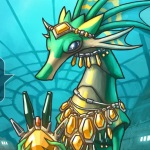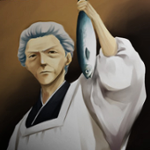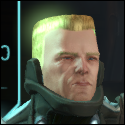|
ManxomeBromide posted:The Mrrshan idea of a Narestan "war hero" has been bouncing around in my brain for awhile but it turns out I'm really bad at patter songs. Sooo... pretty much a straight rewrite of this? When I was a babe, all plump and small, I answered the nanny's every beck and call, I please'd and thankyou'd every time I ate, And I always finished everything upon my plate! And he always finished everything upon his plate! I ate so much they rewarded me, With the office of Narestan Marshal-Generalcy! He ate so much they rewarded he, With the office of Narestan Marshal-Generalcy!
|
|
|
|

|
| # ? Apr 25, 2024 11:49 |
|
Eh. More like Narestan Major General. https://www.youtube.com/watch?v=R1dy44jV8EM&t=64s I am the very model of Narestan Major General, I've information enterprising, stock market, and liberal, I know just who John Galt is and I quote the books historical, From Atlas Shrugged to Fountainhead, in order categorical. I'm very well acquainted, see, with matters economical, I understand laissez-faire, both the gently caress you and got mine-ical, As for PMCs in the back, well, they're totally invincible. Now, here's some cheerful facts about the non-aggression principle!
|
|
|
|
The Mrrshan probably saw the entire operation as akin to this: https://www.youtube.com/watch?v=iAc5Z89SjH8
|
|
|
|
"We really, really go!" "drat it, you're still here!"
|
|
|
|
A minor vote before I get started on the update- we could get Anti-Grav Harnesses, Inertial Stabilisers, or Gyro Destabilisers on our way to getting planetary radiation shields- a way to create effective and compact atmospheric flight, which helps ground forces, a system to aid ship maneuverability and defenses, or a rather gimmicky ship weapon, respectively. I'll probably just go with the first vote I notice on which I take.
|
|
|
|
Inertial stabilisers.
|
|
|
|
All right, I'm off to play through the update.
|
|
|
|
my dad posted:Eh. More like Narestan Major General. Looking over it a bit more, it seems I was actually going for more like Richard Dauntless from Ruddigore, with a side of Horatio Hornblower and the Cargo of Rice. The big incident would be the pirates coming up and attacking him with water cannons to prevent him from setting his ship on fire and damaging the cargo they wanted to steal, but then, since the ships he was protecting were shipping grain, the ships were all now in danger of bursting. Cue a mad scramble as our hero saves the day by forcing 2/3s of the grain onto the pirates, followed by a happy ending as they all realize the contract was for a volume of grain. The pirates join the merchant fleet to sell their now-swollen cargo to a grateful citizenry. In the final triumphant scene, our hero and the pirate lord alike are decorated for Business Valor by the local authorities. (Heck, Dauntless's big song was even called "I shipp'd, d'ye see, in a revenue sloop")
|
|
|
|
Fulfilling the contract on a technicality even though the product is, if not ruined, at least severly damaged. And there was much rejoicing. How incredibly Narestan (which is the point, I suppose).
Crazycryodude fucked around with this message at 07:06 on Dec 6, 2016 |
|
|
|
New Orion Empire Office of Diplomatic Affairs Intelligence Dossiers- Bulrathi- United Empire of Bulra Sakkra- Coalition of Nations (weak central coherence) Narestans- Xenonegotiations Consortium (no real central authority) Gnolams- Great Commonwealth of Gnol
|
|
|
|
Uh oh 
|
|
|
|
Well, to be fair, we met the bears already, and so far our contact with them has been bearable.
|
|
|
|
I had a feeling there was a good reason you used the Psilons instead of the Gnolam to make the Narestans. Other than, uh...well, everyone will see the issue with the game's out of the box Merchant Race when they see the design.
|
|
|
|
Sorry for delays- I'll try to have something out after the holidays. That said, I'm ready to field questions or take suggestions for little bits of lore fiction.
|
|
|
|
Oh after Christmas is over I'll (probably) finally have the free time to think about those boats I've been promising for months now. Ship design and usage is as much a function of politics and economics as it is military expediency (see: all the early 20th century naval powers refusing to even take the dreadnaughts out of port half the time because scratching the paint is political suicide, or crazy poo poo like the Agincourt getting built because it technically has way more guns than anyone else even if they're poo poo because it looks good in the papers). Could you elaborate a bit on the circumstances surrounding/during the Great War in Narestan history?
Crazycryodude fucked around with this message at 03:56 on Dec 23, 2016 |
|
|
|
http://forums.somethingawful.com/showthread.php?threadid=3792622&pagenumber=4#post466210389 You've read this, right? That's a start, but if there are specific considerations you're thinking of, I can try to elaborate. E: Basically, I'd be interested to know what portions of that brief description of the war need more elaboration for you. I have the general outline in my mind, but how I expand on it partly depends on what questions you have. nweismuller fucked around with this message at 04:12 on Dec 23, 2016 |
|
|
|
The biggest things I'm interested in are the resources and goals of both sides, as well as the general technology level you have in mind. To elaborate: the remnants of national governments retreated to the fringes of society, so what does their industrial/resource and population base look like? I don't imagine they could quite leverage whatever they had into proper naval infrastructure with naval bases, military shipyards constructing dedicated warships, supply depots, and an organized admiralty etc. like Earth nations do, but it sounds like they were more than traditional pirates (i.e. a bunch of poorly organized dudes in hastily converted civilian ships looting targets of opportunity for personal gain). The same goes for the militias/security firms opposing them - what was their organization like, and how was the production and supply of military ships handled. Did they even use purpose built warships, or were conversions from civilian ships more common? Also, did the various coalition factions ever expect to fight amongst themselves seriously enough that they might build ships designed to counter each other or was everyone focused solidly on the ex-government pirates? Ok that got a little rambling, TL;DR is that warships are really expensive to build and maintain, and effective, disciplined crews take a lot of training (which is probably only compounded by the Narestan aversion towards risking death/harm and devotion to personal freedoms making military discipline harder to instill). How did the pirates/coalition support proper navies? Did they even use what we would call proper navies? I imagine some security firms built their business around constructing, maintaining, and hiring out real warships (at great expense), but were the local militias/pirates mostly fielding armed merchant ships and the like? As to technology - 25 years is a long time, especially if the beginnings of the Narestan industrial revolution was anything like ours in the sense that technological innovations were made at a breakneck pace. I could probably write a whole book if I covered the spectrum of ships from start to end, so I think I'll focus on the later parts of the war (to start, at least). So coal-fired cruisers mounting turrets with explosive shells were the pinnacle of naval technology when the wars ended, and that they fought antiquated torpedo boats. Assuming you mean torpedo in the modern sense (i.e. a cigar shaped explosive weapon that runs underwater) and not the antiquated sense (what we today call naval mines were originally called "torpedoes"), that's a bit anachronistic in human terms. Coal fired, turret mounting, armored ships go back to the USS Monitor in 1861 (or arguably even the HMS Royal Sovereign in 1857), while torpedo boats (or destroyers, rather) didn't really get going until the 1890's/1900's. Not that you should retcon that away, I'm fully willing to accept that Narestan naval technology developed differently than ours, it's just that what technology is available changes design philosophies pretty majorly. TL;DR can you give a quick rundown of what the general technological capabilities of the various forces are, specifically regarding torpedoes, guns/ammo, fire control, and signalling? Oh, and the general vibe you're going for is late 19th/early 20th century, right? If this is too much let me know and I'll condense it down. E: What was the "terrain" like, in general? Lots of small islands and such that favored small fast ships or open ocean where heavier craft had the advantage? I know it never got to 30,000 ton dreadnaughts sniping at each other from 20 km away on the high seas levels of heavy, but were the destroyers and cruisers in use designed with speed, maneuverability, and concealment in mind; or seakeeping, armor, and firepower?
|
|
|
|
The long-lasting pirate bands were remnants of old territorial governments that had lost the perception of legitimacy amongst the general populace, but were, at least initially, capable of buying off bands of hirelings to support their armed force, and thus amounted to small warlords. The ones that endured tended to have sheltered, fortified towns that amounted to a hybrid of a dedicated naval base and a traditional town, generally with local dedicated armaments industries and machinists (in the industrial era), supplemented by purchase of supplies and equipment in remote areas where they could pass themselves off as legitimate commercial traffic. Specialists to support their endeavors technically as the situation changed were either hired or abducted. Pre-war, everybody involved, both pirate and security, was working with armed civilian conversions, and pirate vessels in most cases remained armed civilian conversions through the war. These long-lasting pirate bands were functionally fairly disciplined paramilitaries/crime syndicates in organisation, having originally descended from organised military forces and retained some level of discipline even as circumstances changed. As war escalated, some of the wealthier security firms began commissioning dedicated vessels from existing commercial shipyards, taking lessons from combat experience to design warships appropriate to the technology and industry available. Nonetheless there never really was the development of dedicated military shipyards and the same facilities that constructed security destroyers were also constructing commercial vessels. Calling any single security firm or pirate band a 'proper navy' would be stretch- the most that security firms tended to field was escort squadrons. The heavier cruisers that were eventually fielded were each individually the pride of an individual firm that made its business to be able to defeat pirate attacks in general. Armed conflict between security firms was extremely rare- mostly things were handled by arbitration beforehand, which is cheaper and less bloody than actual fighting. There may have been inconclusive skirmishes on occasion, however. Heavier military vessels in general were a very late development in the war- earlier doctrine tended to focus on fast, cheap escorts that could protect merchant shipping at relatively minimal expense once dedicated hulls were developed at all. A certain amount of the fighting was on open ocean- the war was an extended low-intensity conflict by widely-dispersed players on a near-global scope, although heading in to bombard pirate facilities (which could put security forces under the muzzle of shore guns) was a thing. The last battle, the Battle of Nesel Bay, was operating at a technological level which I'd eyeball at approximately equivalent to the first decade of the Twentieth Century on Earth, involving assaulting one of the largest pirate strongholds and one which had actually established a small shipyard facility of its own which it used to produce cheap dedicated warships to fight against the escalating efforts of security forces. Nesel Bay itself is a body of water about the size of Chesapeake Bay, with islands along both sides and a sheltered harbor with a pirate stronghold wedged between the mountains and the water, with guns trained upon the water. It would be hard for me to go into greater detail on the specifics of technology, as I'm not terribly familiar with the naval technology of the era myself. Insofar as pirate vessels were designed as dedicated vessels, they tended to prefer fast ships capable of concealment which could run down and rob commercial shipping, while security forces favored either ships capable of keeping pace with commercial shipping, being heavy enough to provide a heavy threat to pirates, or likewise favor fast vessels that could force engagements while actively hunting. If there's anything that strikes you as terribly wrong about this, tell me and I can try and revise my thinking- I'm aware it would be easy for me to make mistakes here.
|
|
|
|
No, everything sounds fine. I went a little overboard (ha) with the questions about technology, the only thing I really need to know is how ships communicated amongst themselves during battle. Visual means like semaphore or signalling flags/lights (that can be obstructed rather easily by all the coal and gun smoke, or inclement weather, or distance, or... well, you get why we switched away as soon as something better existed), wireless means (radio, morse code, whatever), or something that doesn't quite have a human analogue?
|
|
|
|
I'm thinking that they didn't have capacity for wireless signalling, so visual signals- I'd imagine probably signal lights- would be the mechanism for inter-ship signalling, with all the attendant disadvantages. E: Maybe not directly relevant, but one area where Narestan technology was ahead of the curve for the rough 'early 20th century' military technology I've described was that they had developed standardised intermodal containerisation by the end of the War, which was beginning to revolutionise cargo shipping. This is quite early compared to Human implementation, but shouldn't be impossible by any means. nweismuller fucked around with this message at 05:10 on Dec 25, 2016 |
|
|
|
All right, I think I'm mostly through being distracted by holidays, a sleep schedule in shambles, rereading the Lord of the Rings, and messing around with Stars in Shadow. Expect new progress on this and/or my other LP within the next few days.
|
|
|
|
Hey, how is Stars in Shadow? I tend to disdain Early Access games until they actually get a full release. Is SiS worth playing in its current state?
|
|
|
|
|
jng2058 posted:Hey, how is Stars in Shadow? I tend to disdain Early Access games until they actually get a full release. Is SiS worth playing in its current state? Short version? 'Yes'. There's some more discussion of it over on the last page of the nuMoO LP I'm doing, if you're curious.
|
|
|
|
jng2058 posted:Hey, how is Stars in Shadow? I tend to disdain Early Access games until they actually get a full release. Is SiS worth playing in its current state? From the other LP: The Deleter posted:Okay, here goes. nweismuller posted:1) There are seven different playable factions, four 'elder' and three 'younger' factions, split between six primary species, and each has different spaceframes available to them. By default, each unit of population produces 2 industry, 1 credit, 0.5 science, and 0.5 food (but only produces food on 'high' fertility planets, thus halving the extra food production needed on fertile worlds). edit: beaten by the author himself, should I edit this out? 
|
|
|
|
Nah, it's fine, I just didn't want to repeat myself. E: I am lazy- comes of my sleep still being fairly wrecked, I'd think. nweismuller fucked around with this message at 01:48 on Dec 30, 2016 |
|
|
|
Just finished up this thread. I thought the title + the previous MoO2 LP meant this was a purely gimmick run to showcase breaking the games to its limits and so didn't click on it for months, but turns out it's both sorta that and a great narrative Nweiss LP as I've come to expect. Whoops! As always, thanks for posting this stuff, it's a lot of fun to read.
|
|
|
|
I've sat down and finished processing images, but having the time today to write before I head off to visit my parents over the weekend will be iffy. I'll try to have something up Sunday, then will look into updating the nuMoO LP. I'm sorry for continued delays, I let myself get out of the swing of things. Hopefully my schedule will pick up after this.
nweismuller fucked around with this message at 18:43 on Jan 5, 2017 |
|
|
|
The Changing of Worlds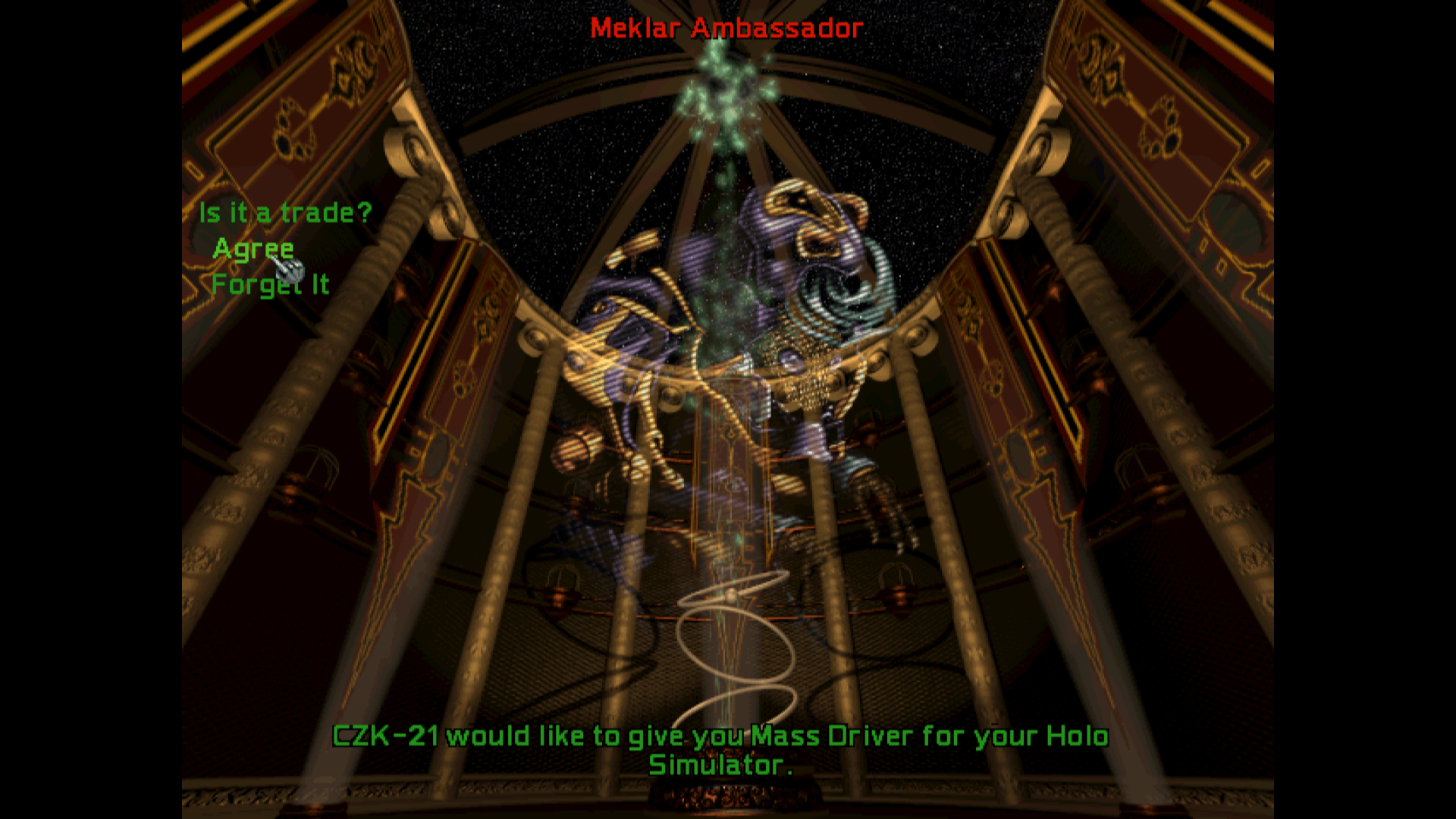   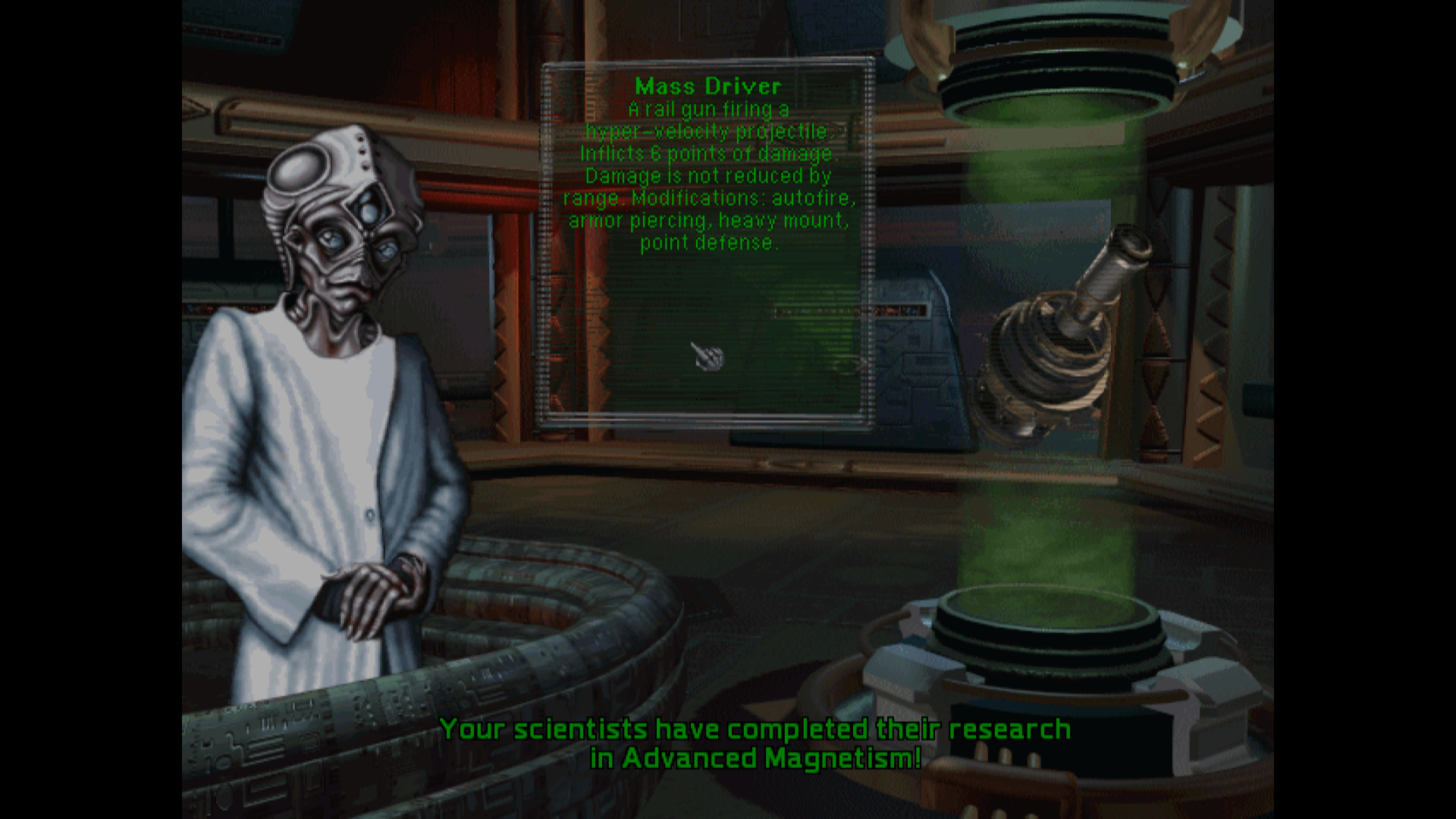 In mid-560, Narestan scientists using the services of the Consortium for Xenogovernmental Negotiations arranged the sale of advanced Narestan computing technology to the Meklars in the Autarchy, and the purchase of Meklar designs for high-efficiency magnetic accelerators suitable to void operations, placing metal slugs on target with high accuracy and high damage to the target. These designs were suitable to miniaturisation for attack boats and drones. Two years later, in 562, breakthroughs in the study of electromagnetism led to the development of defensive energy fields that interfered with incoming energy and attempted to deflect incoming objects. With these new developments and with the technology already acquired from alien civilisations, Narestan security vessels would have a wide variety of tools to deal with hostile vessels. By this time, large-scale terraforming projects had started on several Narestan worlds, slowly reshaping them to more hospitable climes. 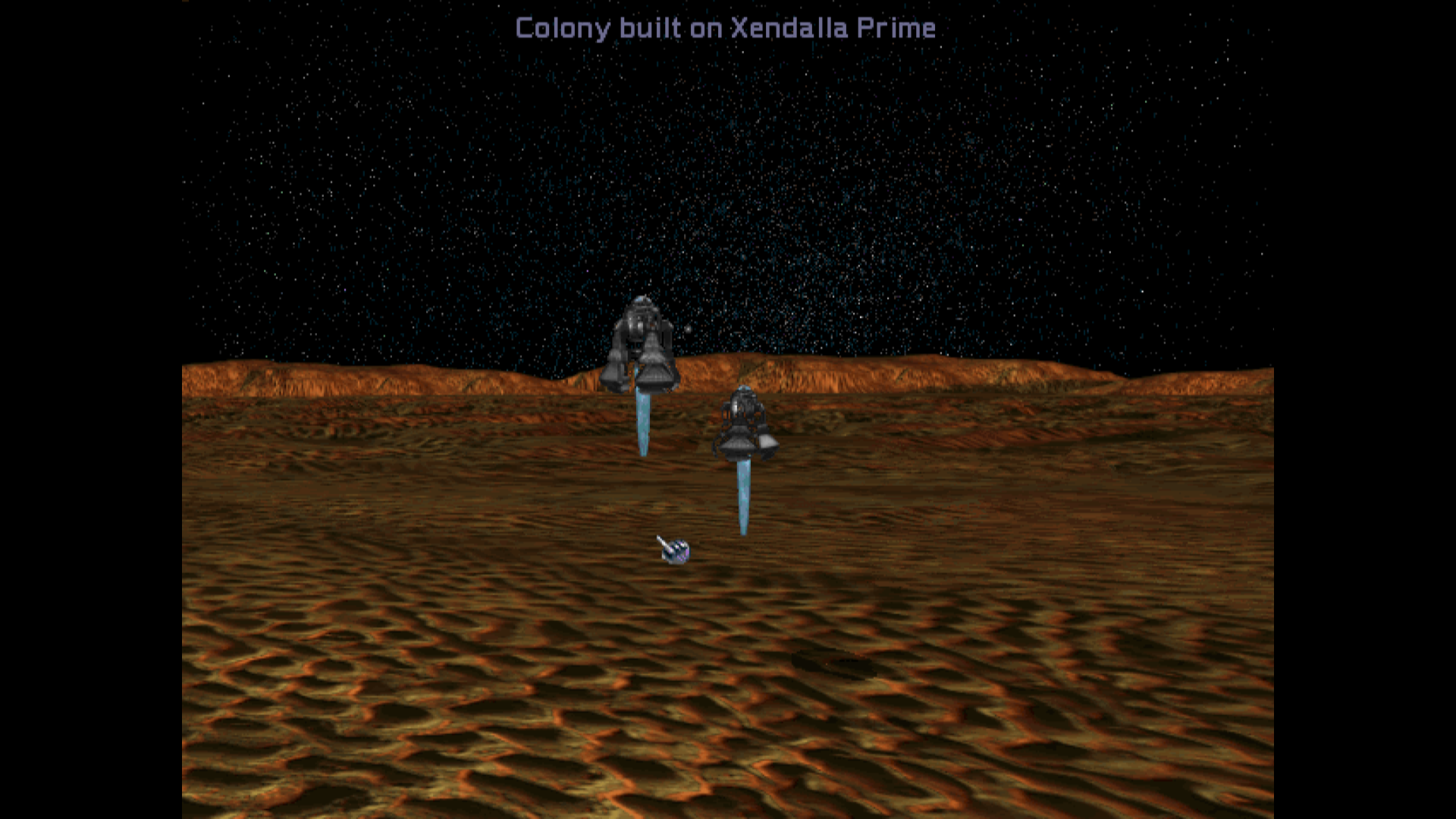 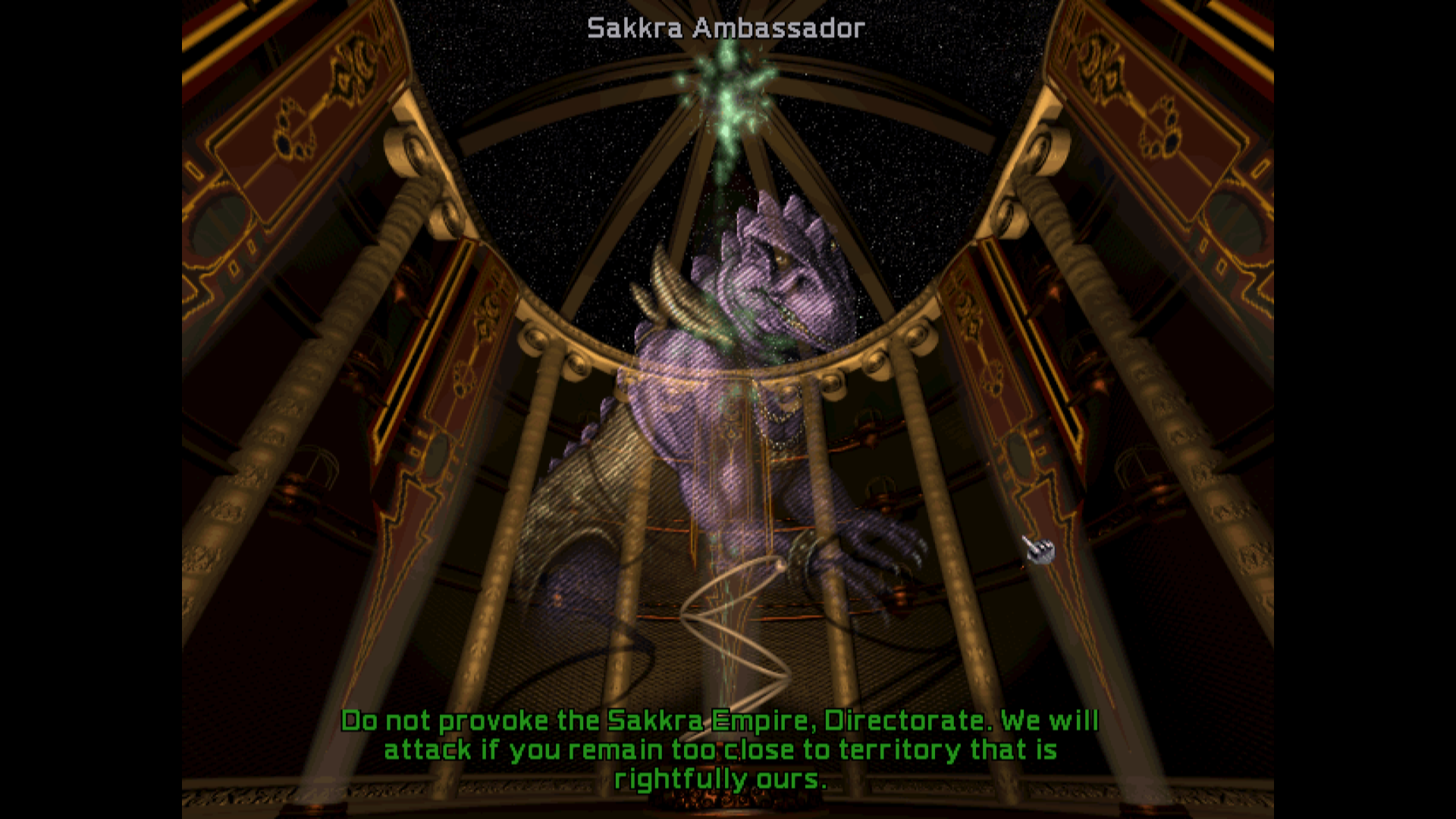 562 also marked the initial colonisation of Senet, a harsh, arid world wracked by constant duststorms, but one with notable deposits of industrial metals for exploitation which were expected to speed the development of the world. Within a year, communications probes had made contact with the Nation of Surdak, a member of the Coalition of Nations, an umbrella organisation loosely uniting the various Nations of the Sakkra. Senet is a desert world, which, like radiated worlds, increases the upkeep cost of local infrastructure by 25% due to extensive wear and weathering. 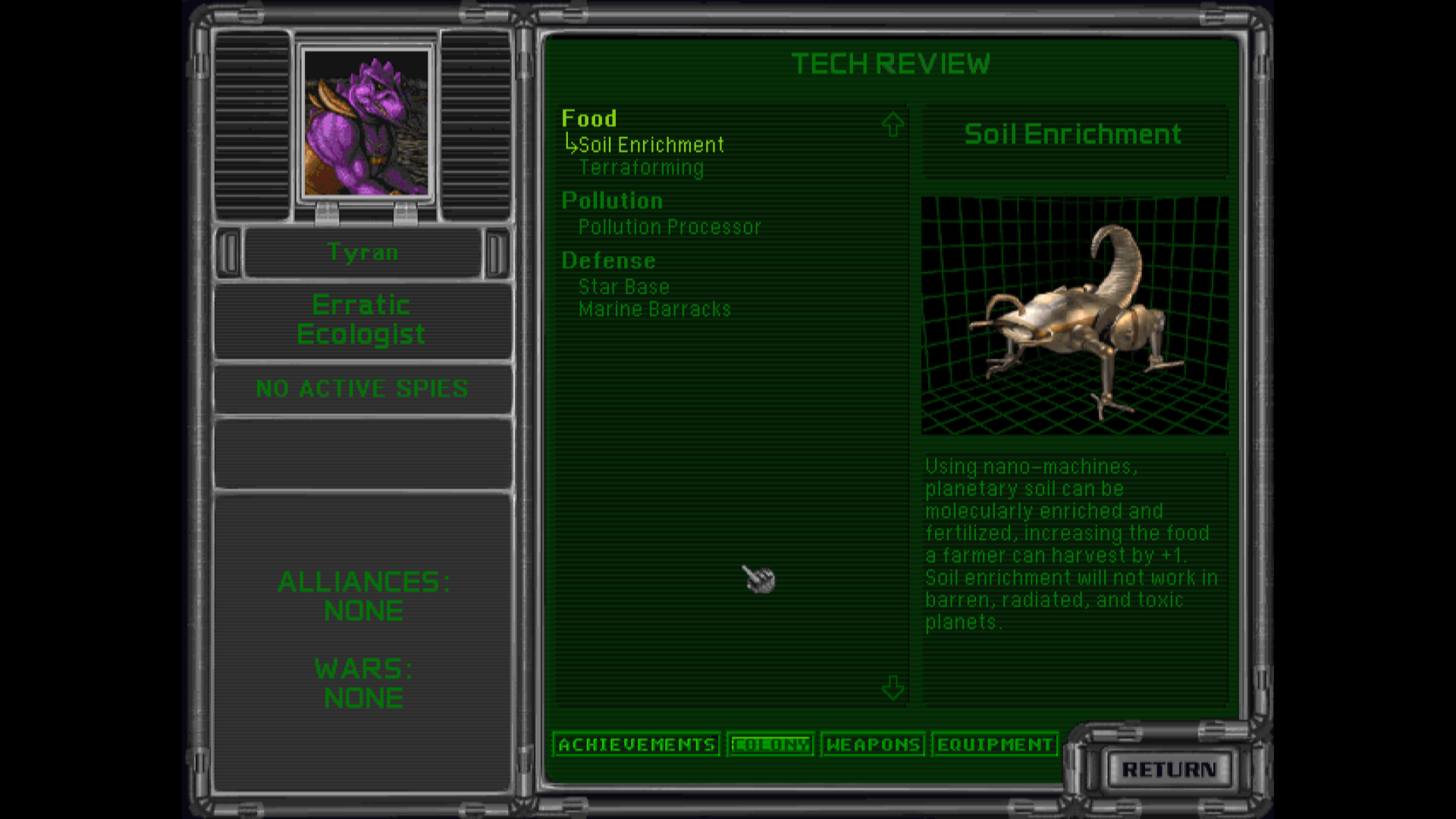  The Sakkra were a hardy, resilient warm-blooded reptiloid species that reproduced via large clutches of eggs. Sakkra resilience and hardiness allowed them to effectively create extensive subterranean habitats under conditions that might be considered intolerable for most species, their rapid reproduction allowed for rapid population growth, and their physical endurance has made them very effective in semi-skilled physical labor in agricultural fields. The Coalition of Nations was a loose confederation of political units, primarily ruled by hereditary aristocracies. Despite the efforts of the Coalition of Nations to mitigate internecine warfare amongst the Sakkra, low-level warfare amongst the various Nations was extremely common, which led to appalling waste of lives and resources, and retarded overall economic and scientific development of their civilisation. Most of the efforts of the Coalition of Nations had, thus far, been bent inwards, and the Consortium for Xenogovernmental Negotiations made little progress in establishing effective commercial relations with the various Sakkra nations. Despite any of the disadvantages of their bloody system, the Coalition of Nations was the most expansive alien civilisation the Narestans had met, controlling five systems, second only to the Narestans in territory controlled. The Coalition's total population well exceeded that of Narestan civilisation, making them easily the most populous civilisation yet encountered. 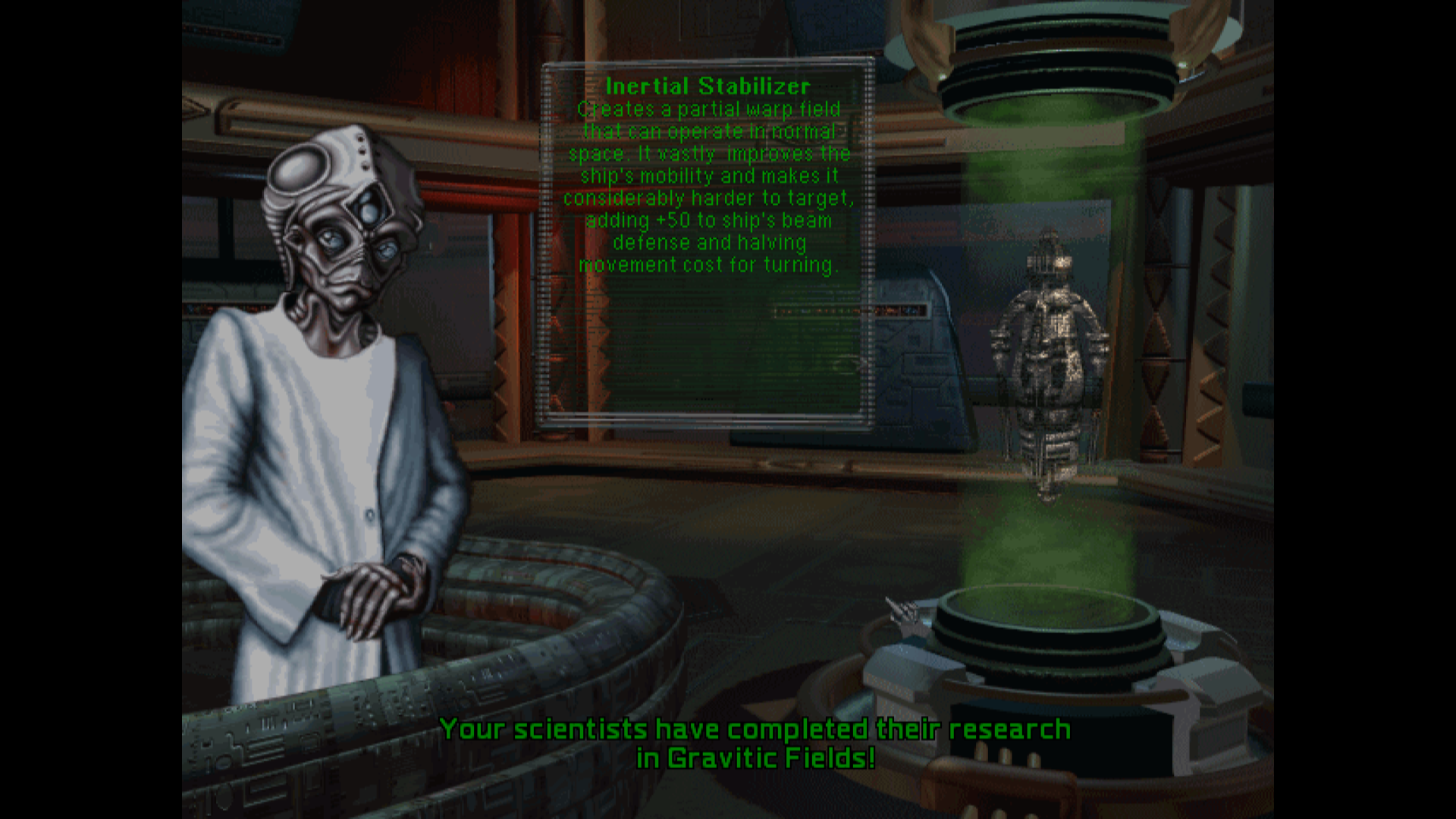 By 567, Narestan scientists had developed a means to generate gravity-like fields that reacted against the inertial forces of ship maneuvers, reducing the hazard to crews in extreme maneuvers. Ships with an inertial stabiliser installed would be significantly nimbler, able to avoid a great deal of direct fire, as well as having some limited ability to evade guided shipkiller missiles. Beam defense bonuses such as those provided by inertial stabilisers and crew experience contribute to missile evasion, at a sharply reduced rate. The base beam defense provided by ship speed, however, does not contribute to missile evasion.  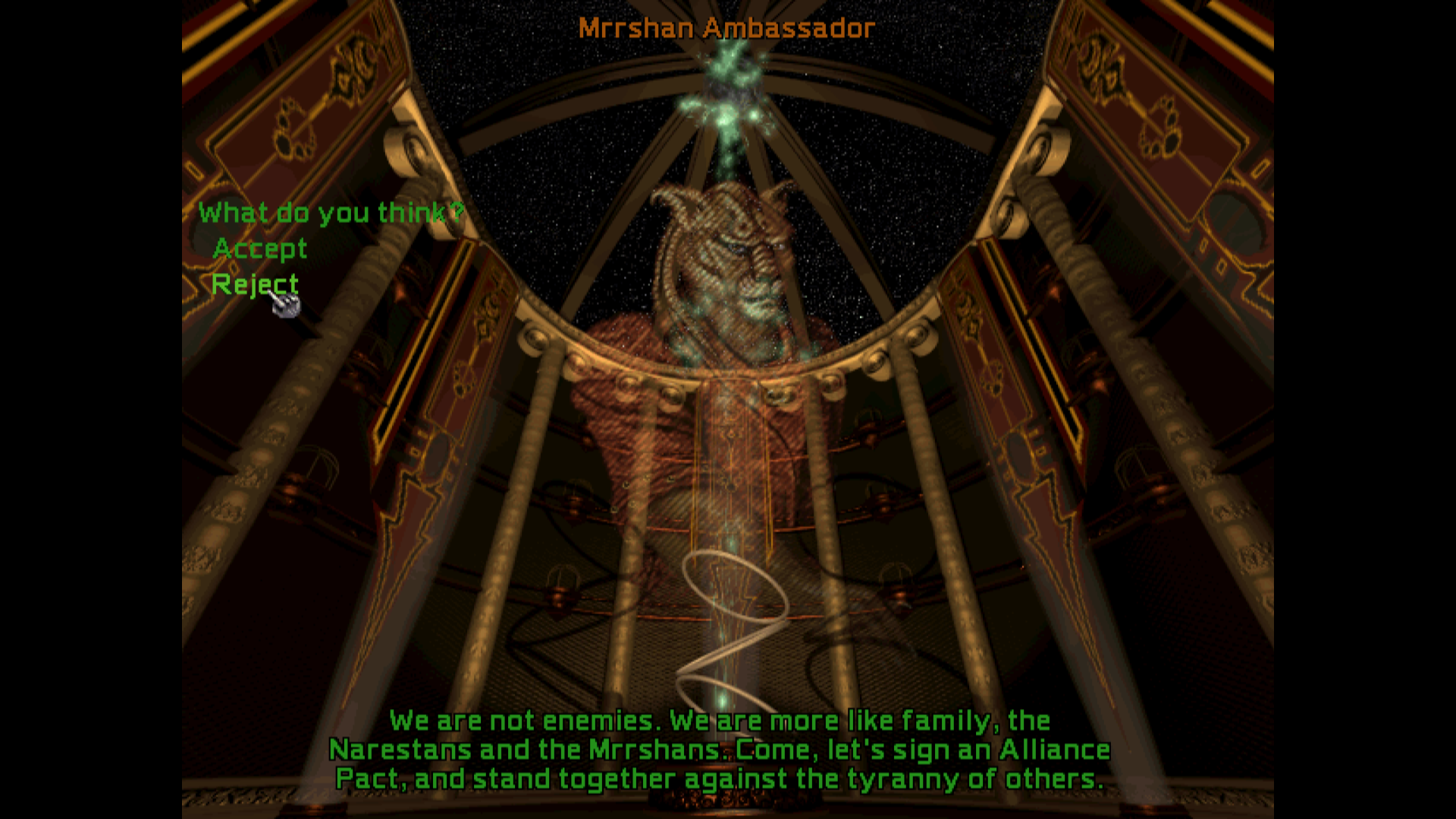  The early 570s brought strong evidence of the strong diplomatic position the policy of the Consortium for Xenogovernmental Negotiations had provided for Narestan civilisation, helping preserve its independence and prosperity. Both the Autarchy governing the Meklars and the United Empire of Bulra sent strong messages affirming the value they placed on the friendship and trade of the Narestan people, and the Interstellar Union governing the Mrrshan actually tendered a formal alliance request to the Consortium in 571. The Consortium was reluctant to commit to any such agreement, which both overestimated the Consortium's ability to influence Narestan internal affairs and might require violent entanglements at some point in the future.  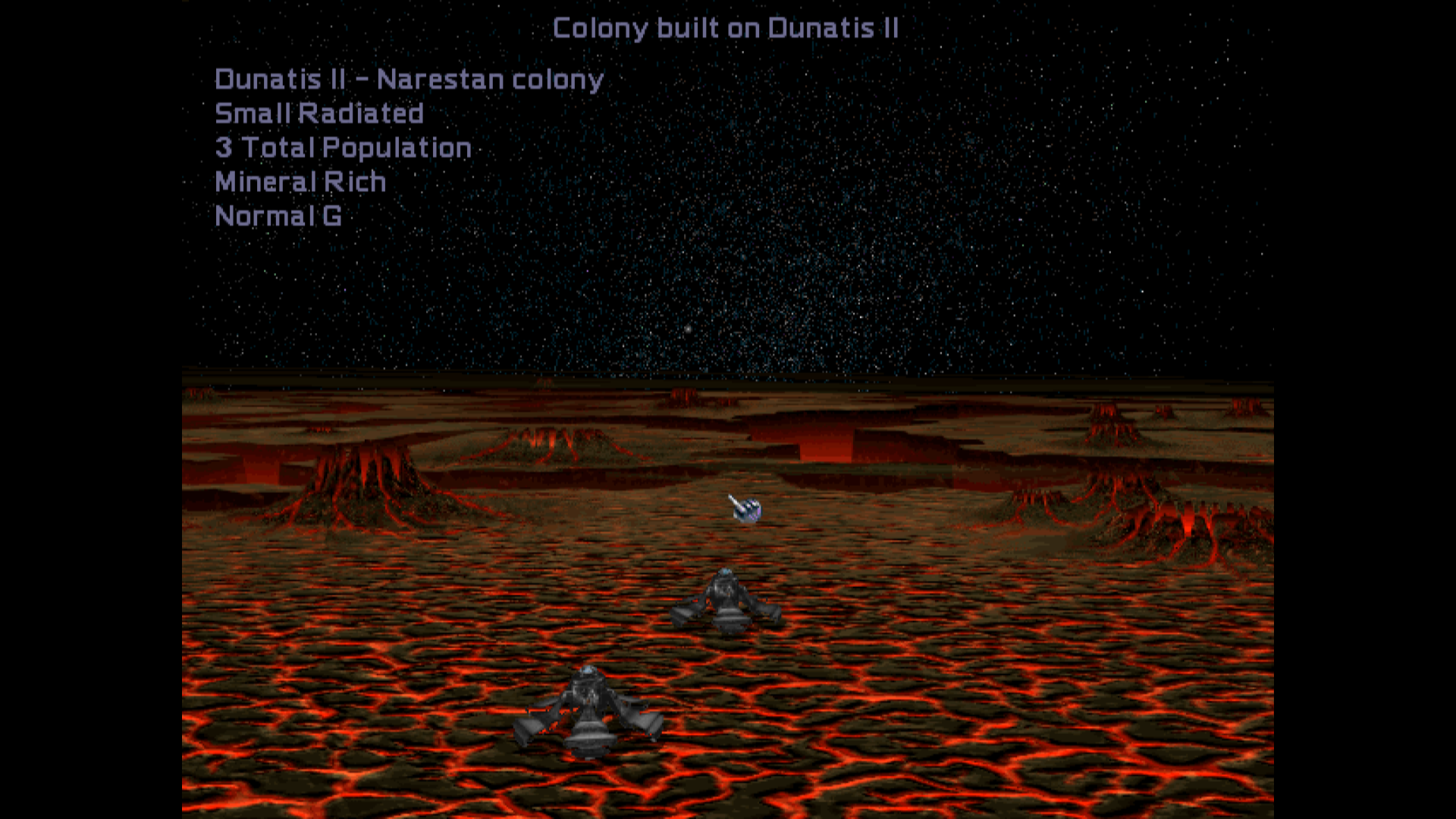 That same year, the bleak irradiated planet of Sedelet in the Peren system was colonised. Although the planet was small, hostile, and lacking in any terribly remarkable resources, nonetheless it might serve as a host to a viable colony, and most of the more promising planets in the region had already been colonised or were within systems already claimed by alien governments. We're starting to run low on good colonisation prospects in explored space, but maybe we'll find some good things in the last few systems in range, and there's a few planets that will become more viable once we can compensate for their lousy gravity. 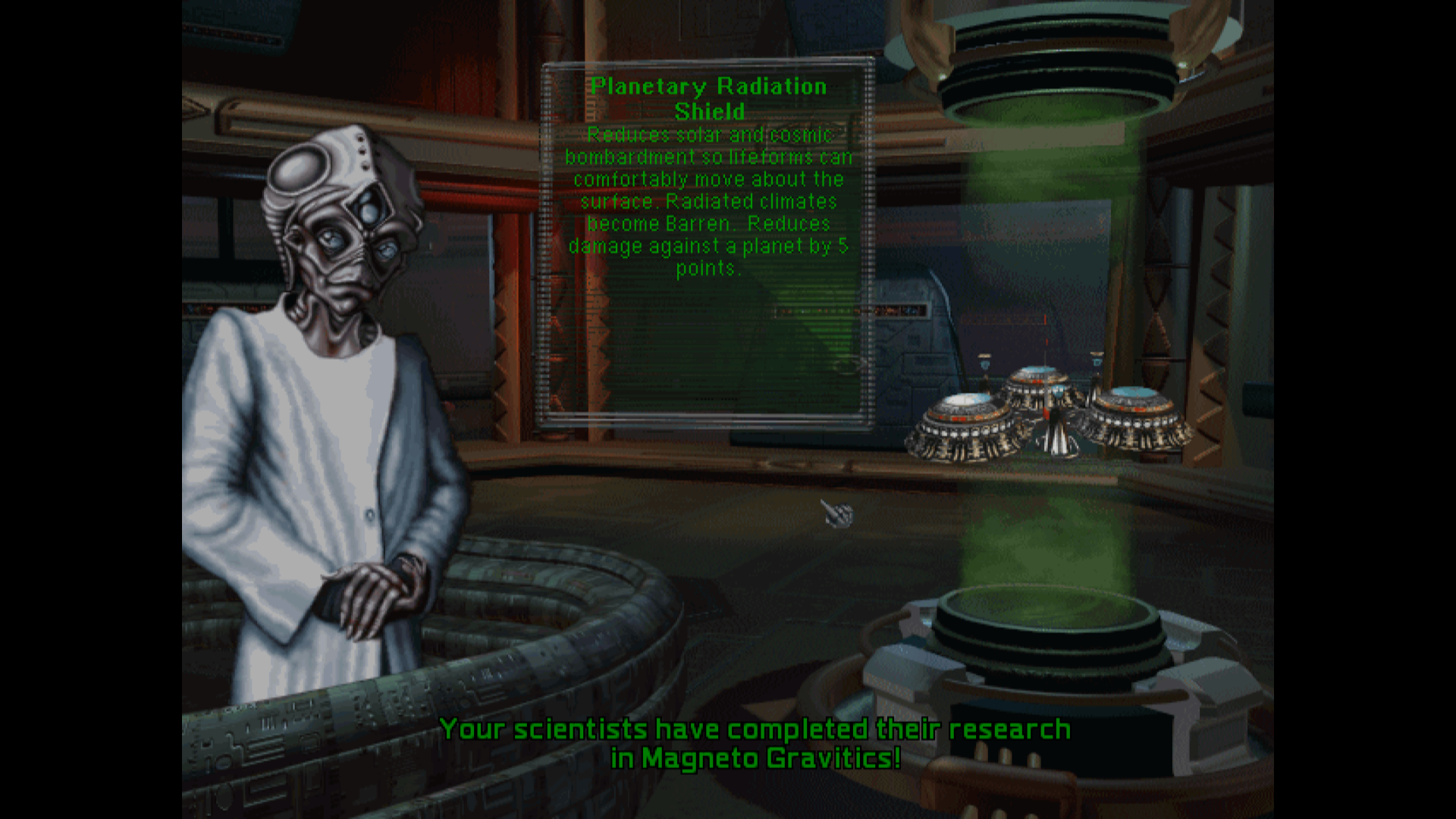 In 573, engineers working to extend the lessons of the first shields managed to develop scaled-up generators capable of forming a network to cover an entire planetary surface. Planets previously suffering from heavy radiation which had required near-buried cities could be protected from the deadly output of their stars, allowing terraforming to begin and easing the stresses on the colony.  Six years later, in 579, yet another small radiated planet, Talad, was colonised. This world in the Dunatis system served as a fueling station for scouts to roam further, seeking new worlds, even as it began to be developed as the newest hub of Narestan civilisation.  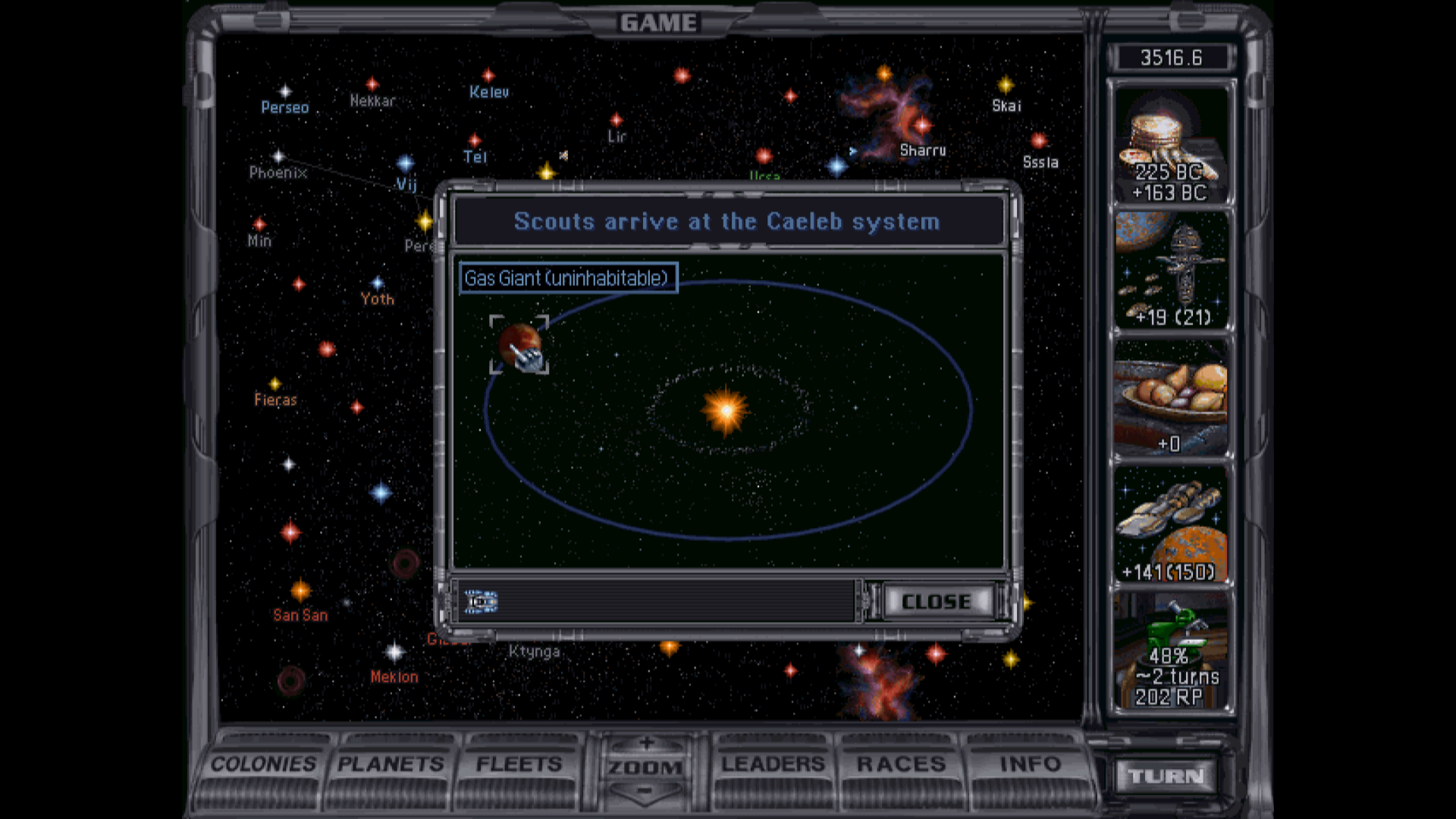  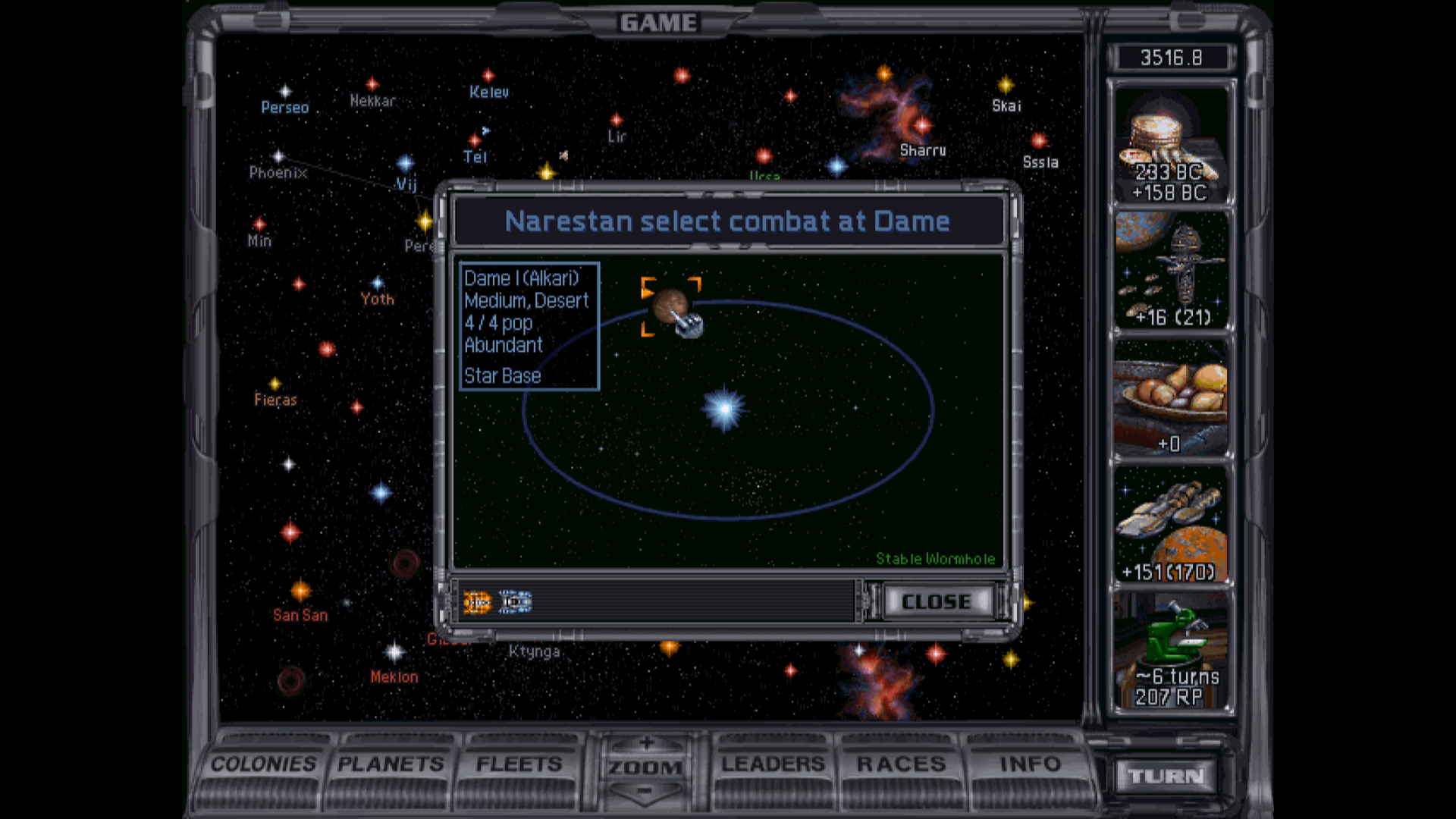 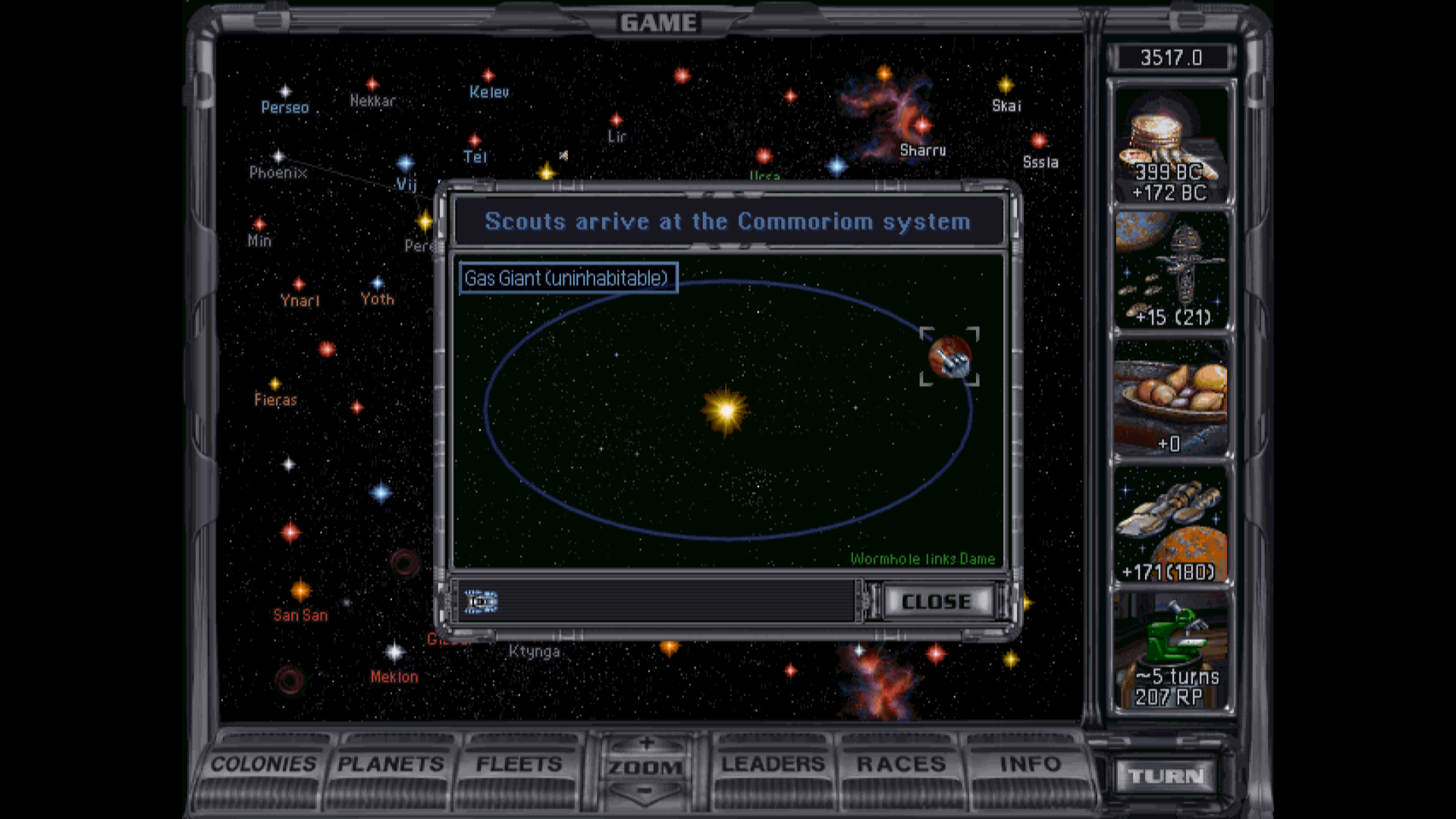 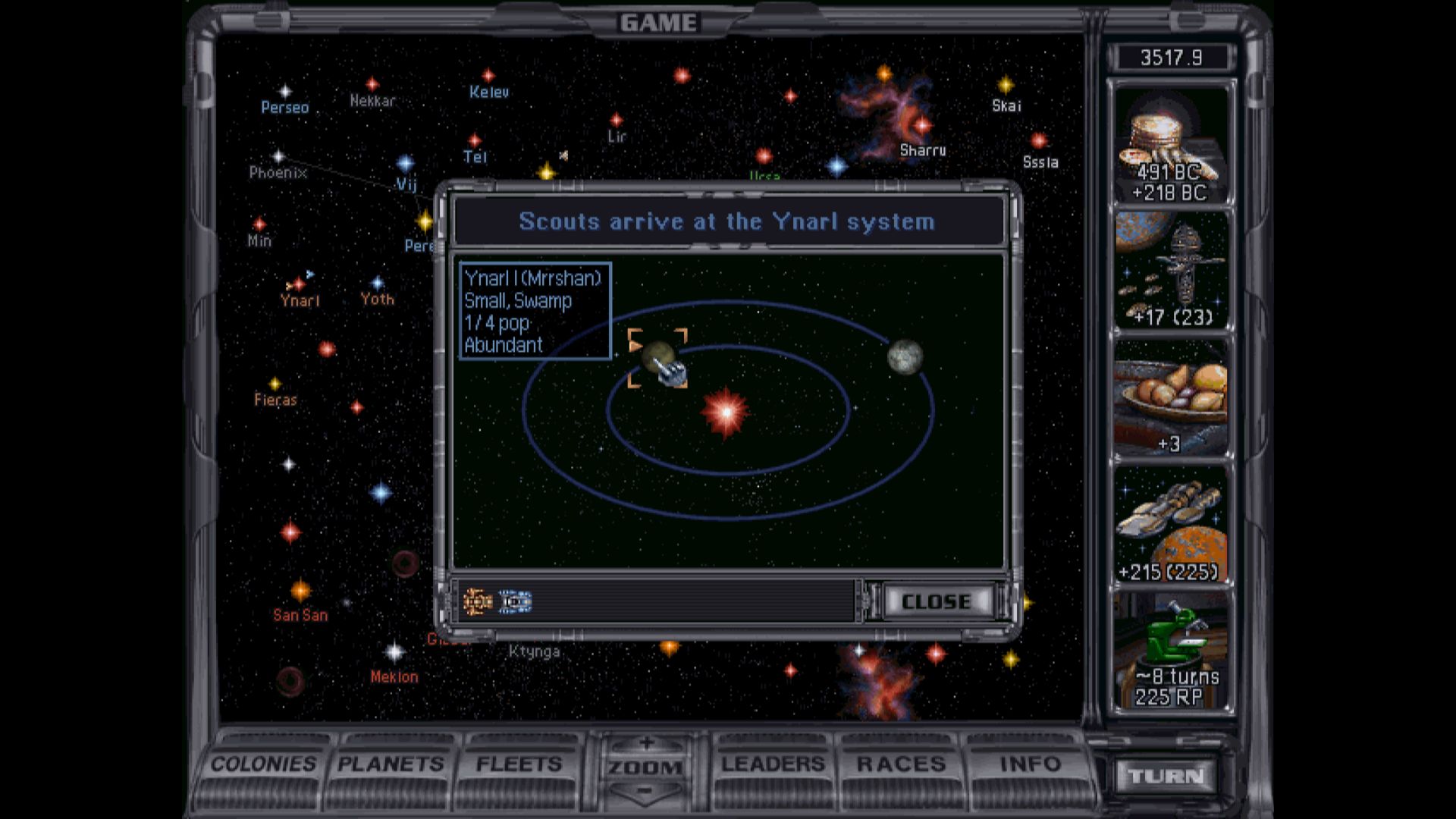 These two decades saw explorers from Narestan civilisation continue to probe further, learning more of the region. Many of the systems they visited were on the frontiers of other civilisations, while most of the rest lacked planets that could be economically exploited. Still, much of the region remained to be discovered, and confidence was high that more valuable worlds would be discovered in the future.   Finally, as 580 came to a close, the Consortium for Xenogovernmental Negotiations made agreements with some nations in the Coalition of Nations more amenable to reason, serving as a gateway to trade and scientific cooperation with the vast populations of Sakkra in the Coalition. Many firms took on major expenses to finance new lines of trade and communication, an expense to burden even the formidable economy of Narestan civilisation. Narestan Civilisation as of 580 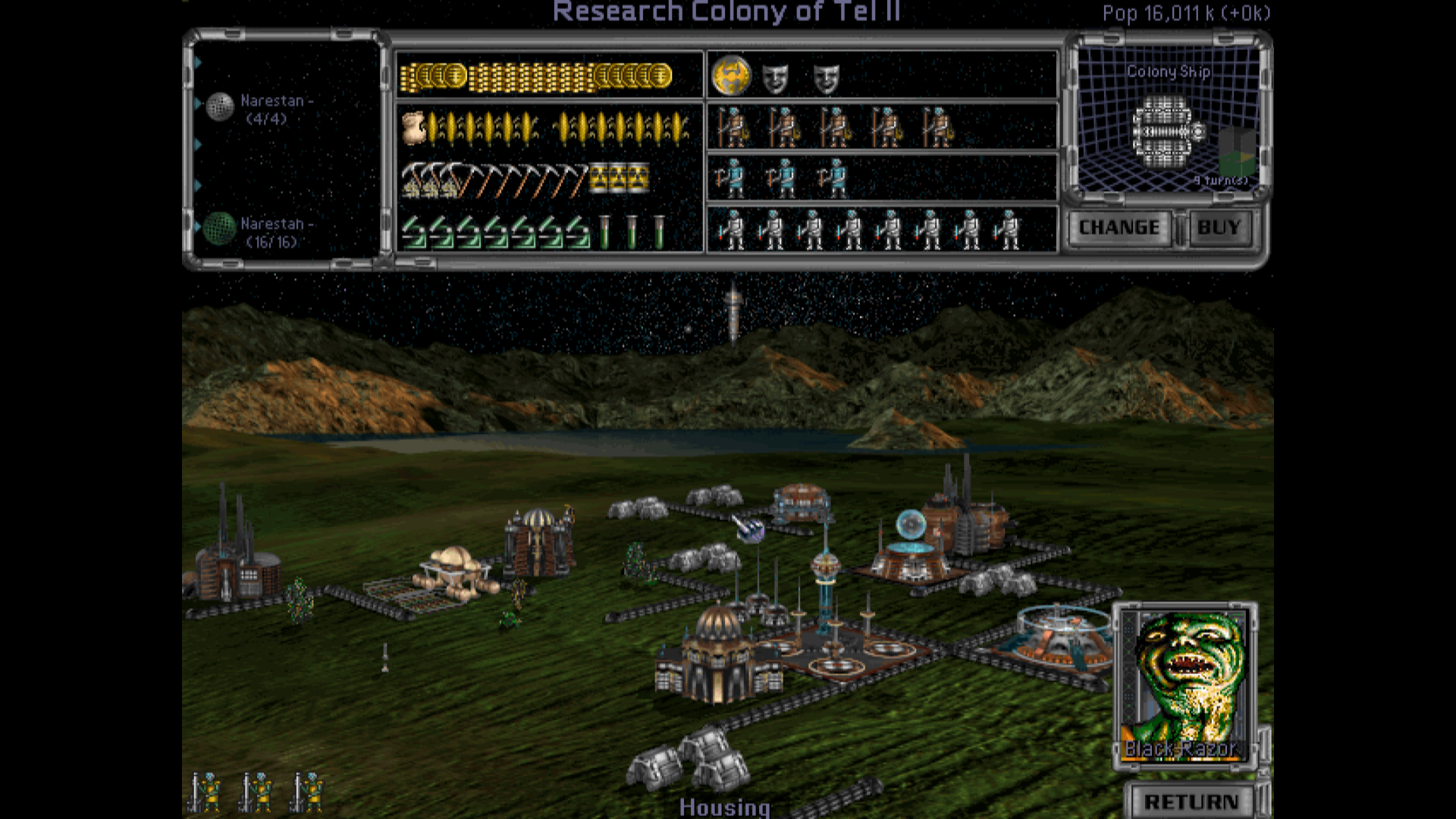 Nares remains the heart of Narestan civilisation and the center of its powerful economy. It serves as the port of call for recruits for a new colonisation venture to one of the last planets accessible to Narestans yet to be colonised. 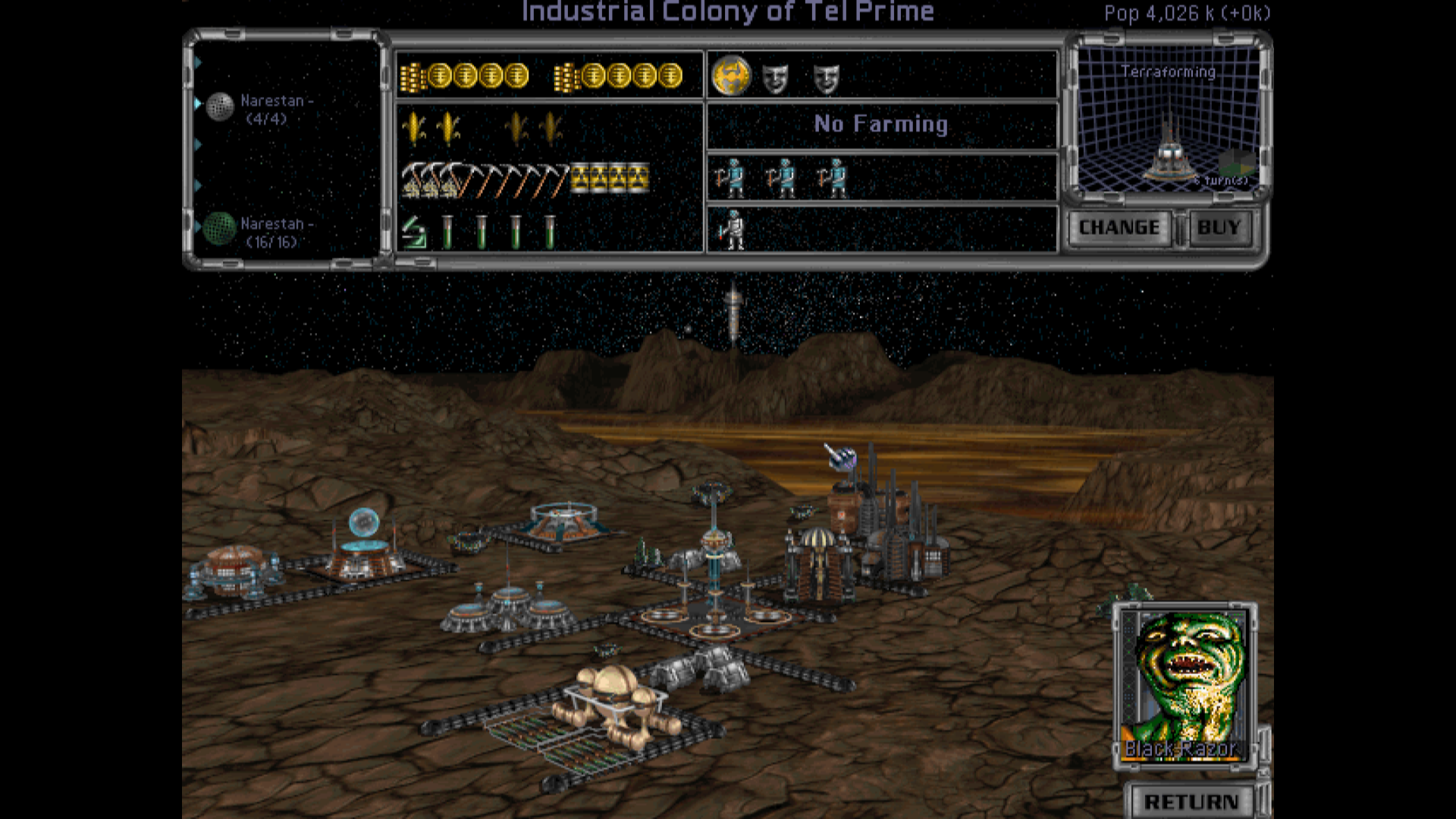 With the erection of a planetary shield system that protects Sedal from the radiation from Tel, the economy has thrived, relieved of the need to deal with continued damage to equipment from radiation. A project to introduce a basic breathable atmosphere and water to the planet is under way, although the world is still far from being able to be survived out of doors. 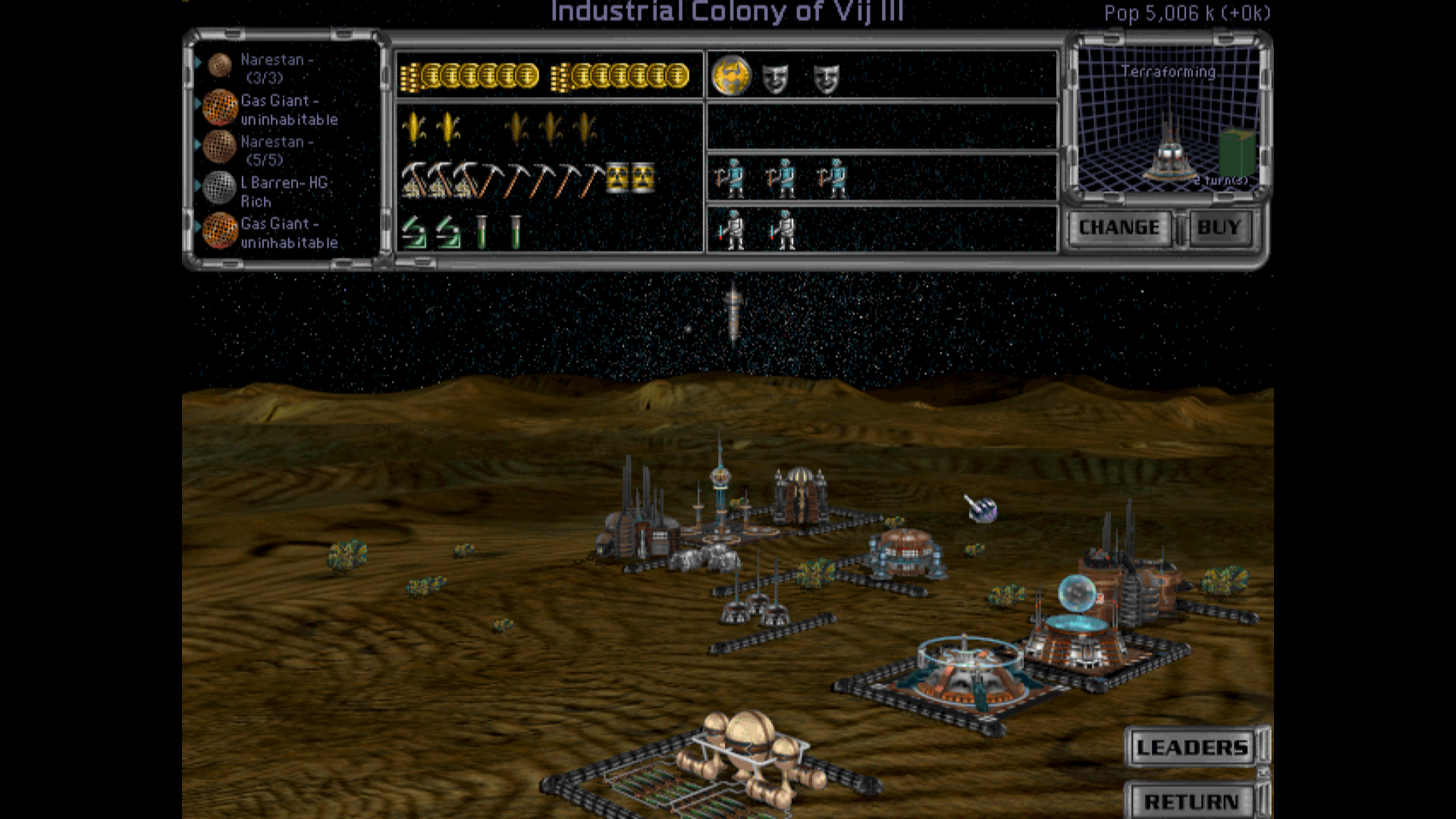 Sadesal now has a thin, if breathable, atmosphere and limited reserves of surface water, although the planet suffers from violent storms that wrack its atmosphere. The atmosphere is slowly being thickened, life introduced over growing portions of the planet, and water harvested from comets is being introduced to the planet, which is anticipated to have a true shirtsleeves environment within the next few years.  Tanan has been transformed in much the same way as Sadesal, although it is less far along in the introduction of more water and life. The violent storms have strained the local economy here more noticeably, given the smaller total population. 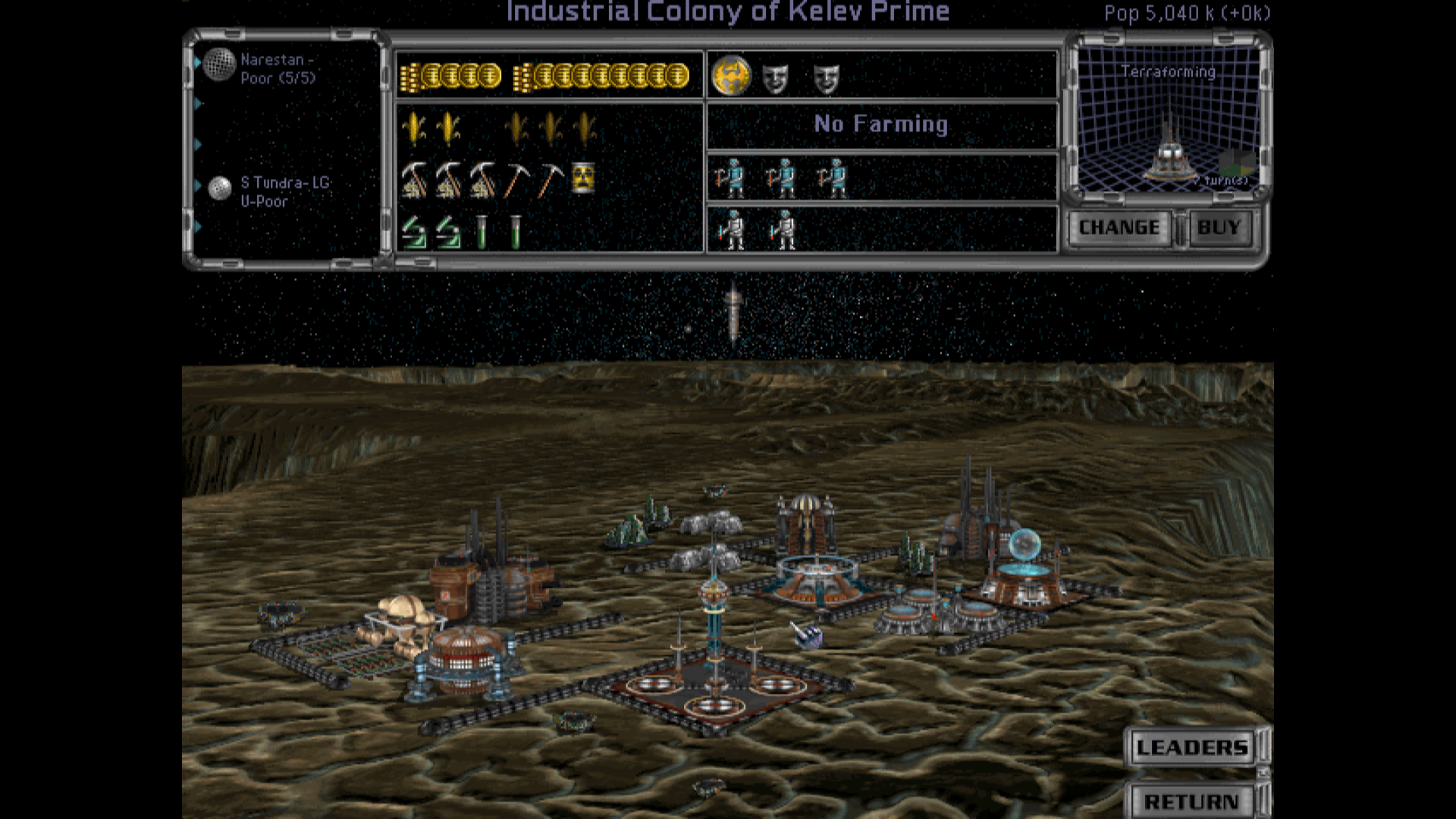 Talesen has reached a population of approximately five billion, and has had a planetary shield system erected to protect local populations from hostile radiation. It is a prosperous planet which has begun the first tentative steps of terraforming, readying the planet for a life-supporting environment in the future.  Renar's population has stabilised at approximately three billion, and the planet now hosts a semi-breathable atmosphere and limited quantities of water. The growth of its population has made the planet less completely dependent on external exports, although the harsh weather that has developed since its terraforming strains local resources heavily. Although heavy industry here is highly productive, the expense of hazardous waste disposal somewhat cuts back on the efficiency of its output, even with modern waste treatment techniques. 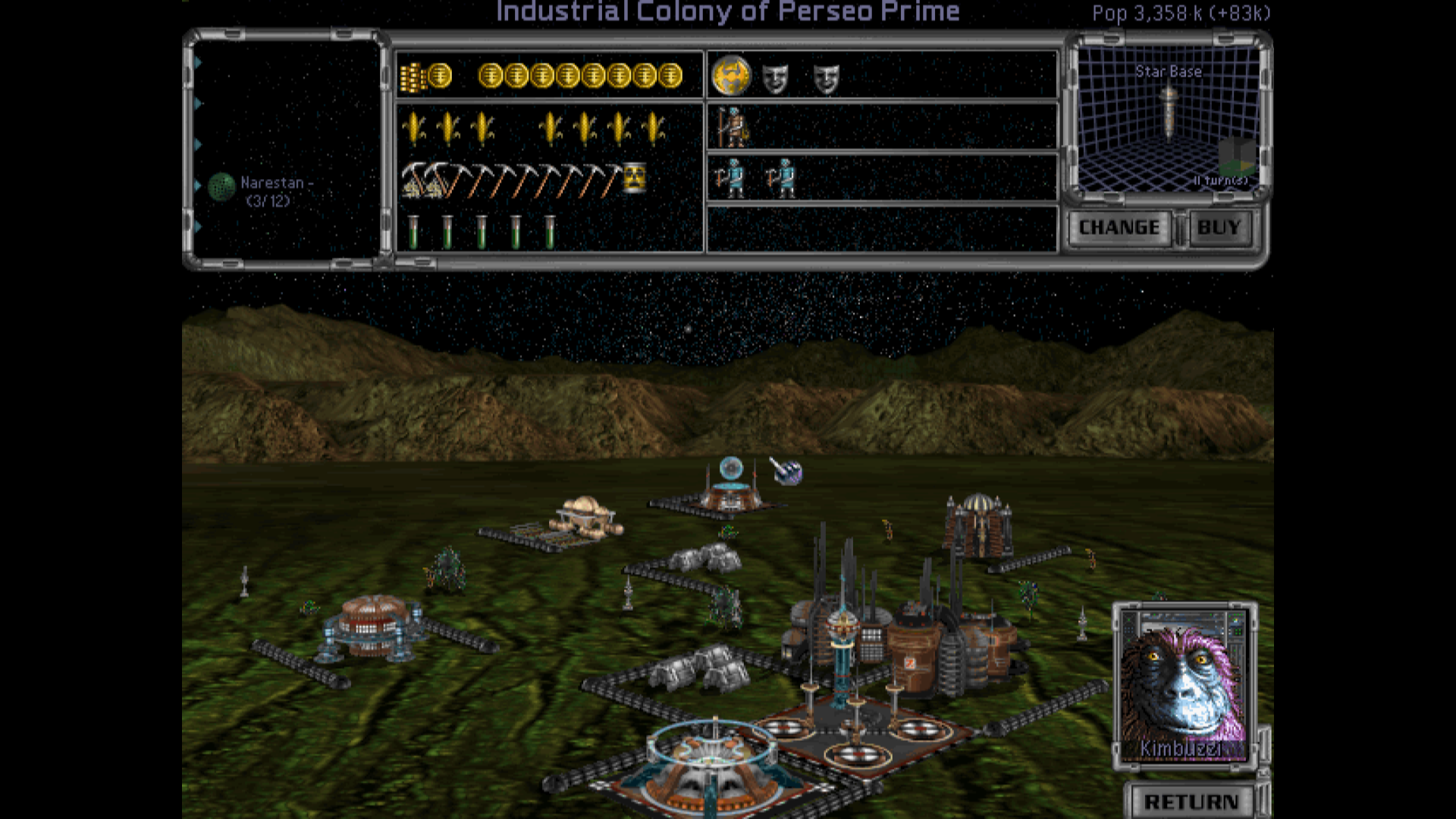 Tenesal's economy has been greatly strengthened over the past decades, with a larger population base, more sophisticated commercial practises, and widespread penetration of high-grade consumer positronics and entertainment. Its population, which now exceeds three billion, supports over 50 million persons employed in agriculture, making it a notable agricultural exporter, and one only expected to grow in importance over time. An armed orbital shipyard is under construction here, helping to secure the local area against any threat of piracy. 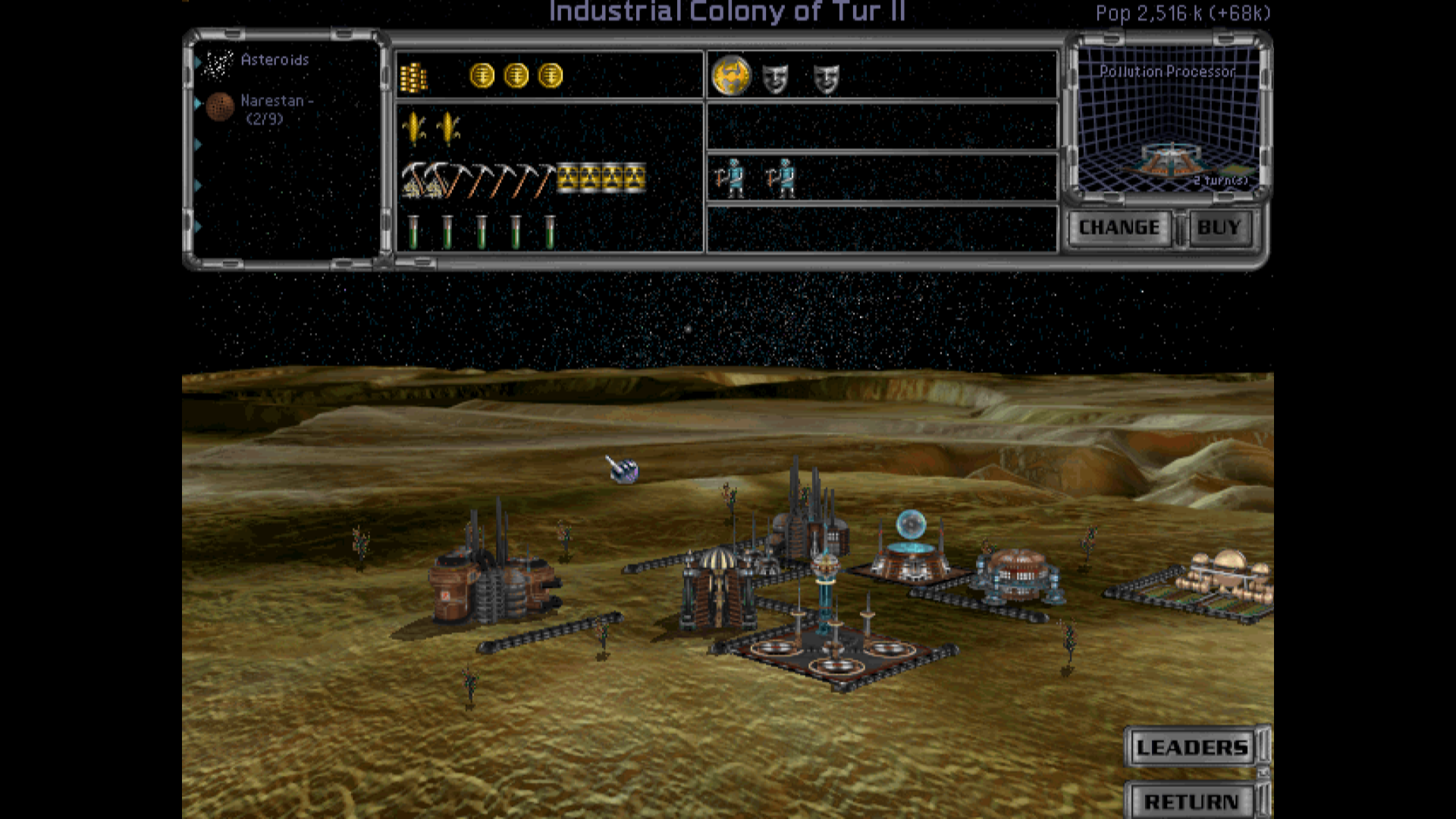 The economy of Talabar has matured over the past decades, with a stronger industrial base and improved commercial practises helping support it, and with modern luxuries and entertainment helping brighten the lives of its people. Even with its relatively small population, only about two and a half billion, it can easily support its heavy infrastructural development. Waste treatment plants to help mitigate the hazardous byproducts of industry in in the process of being established here, helping to address local problems before they grow too severe. 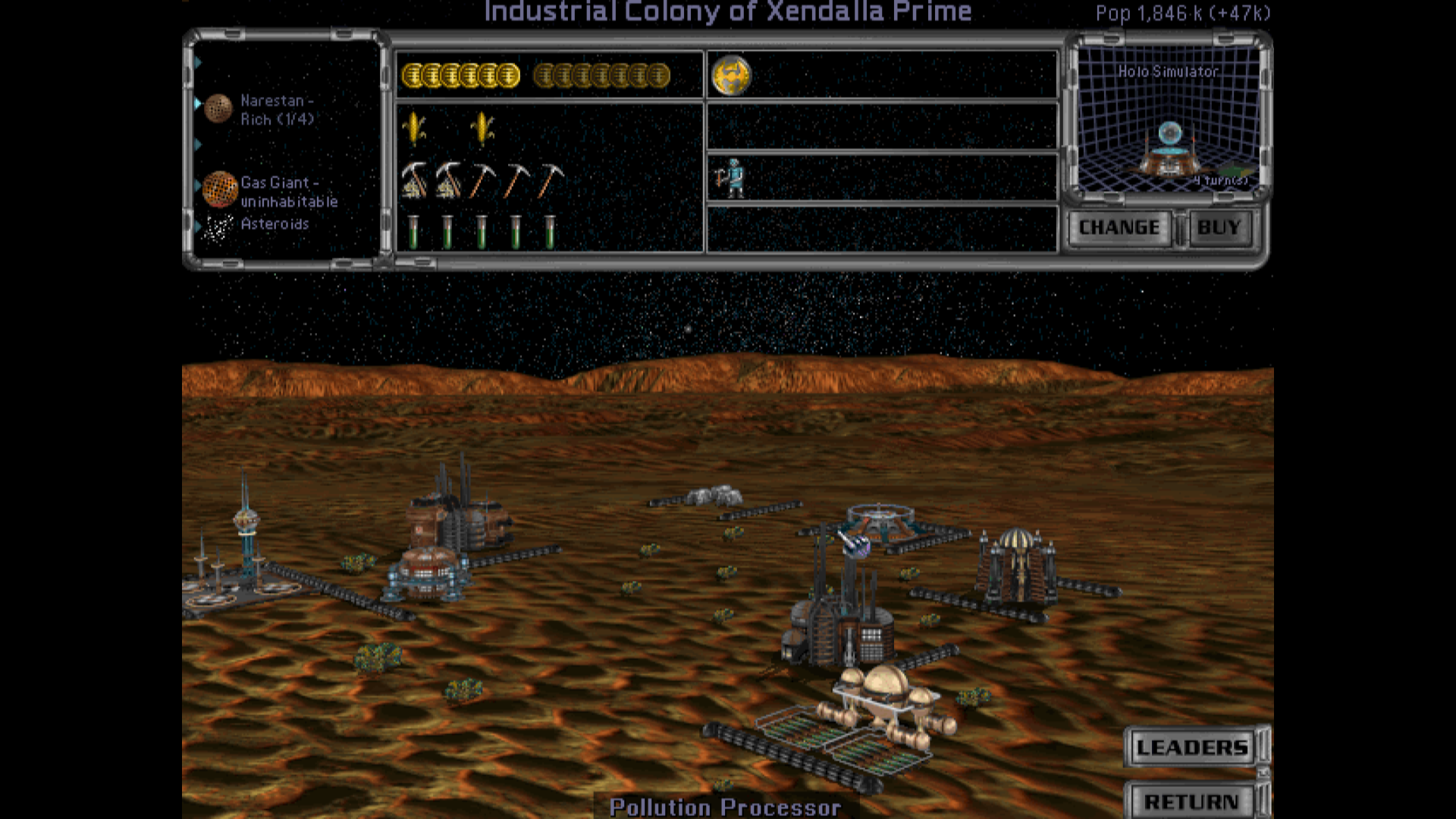 Senet has become a modern and developed world over the course of the past two decades, although it is one heavily dependent on outside investment to support it. Even so, the population is growing rapidly, and the local economy is growing with it.  Sedelet has rapidly developed the basics of industry, agriculture, technology, and commerce since it has been established, and more extensive robotic automation of its industry is nearly complete. The planet remains somewhat backward compared to older planets, but it is developing rapidly and soon should enjoy many of the advantages it does not yet possess. 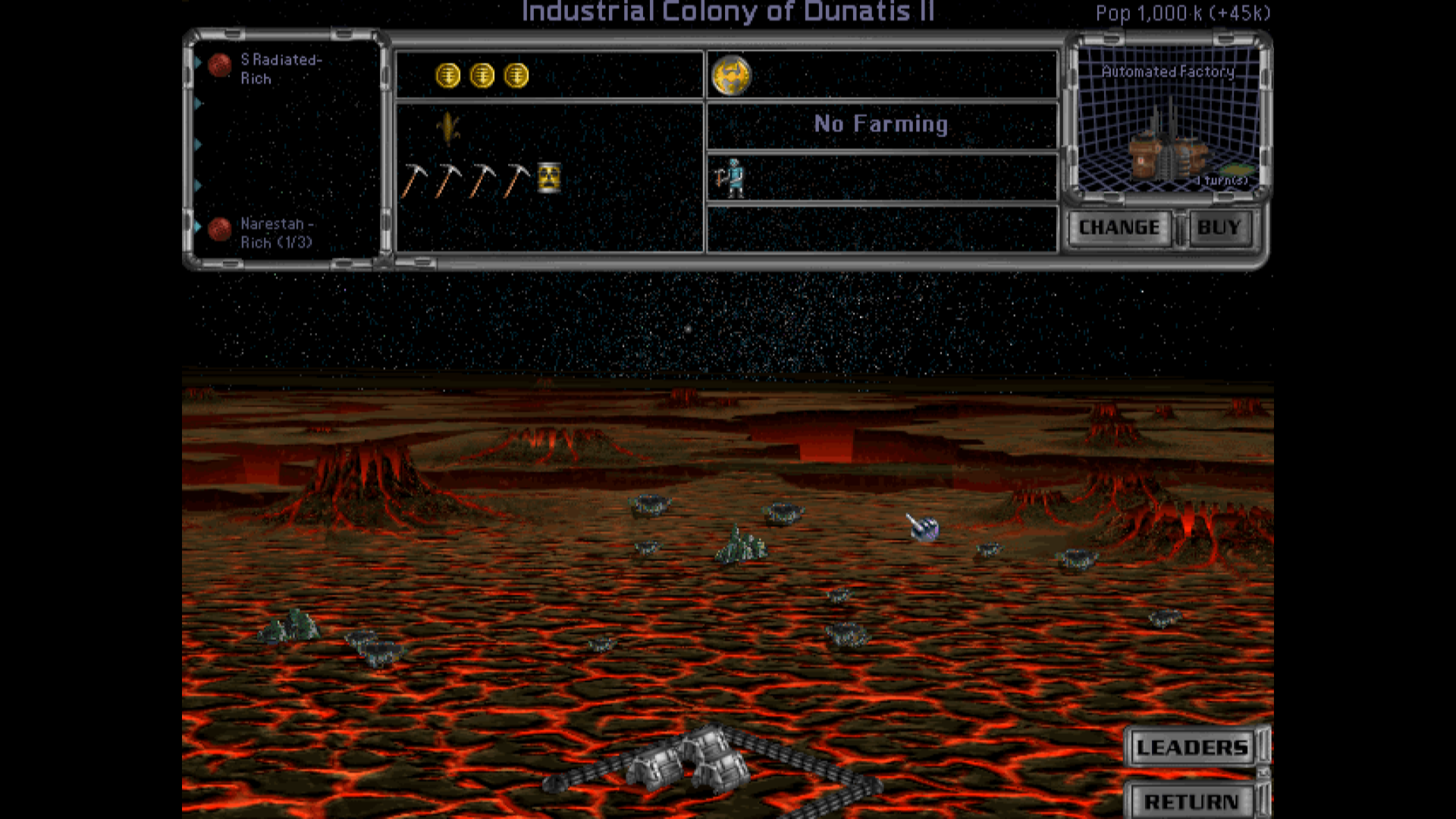 The colony on Talad is still extremely new, with little development yet in place. The basics of modern industry are being rapidly established here, providing a foundation for further development. 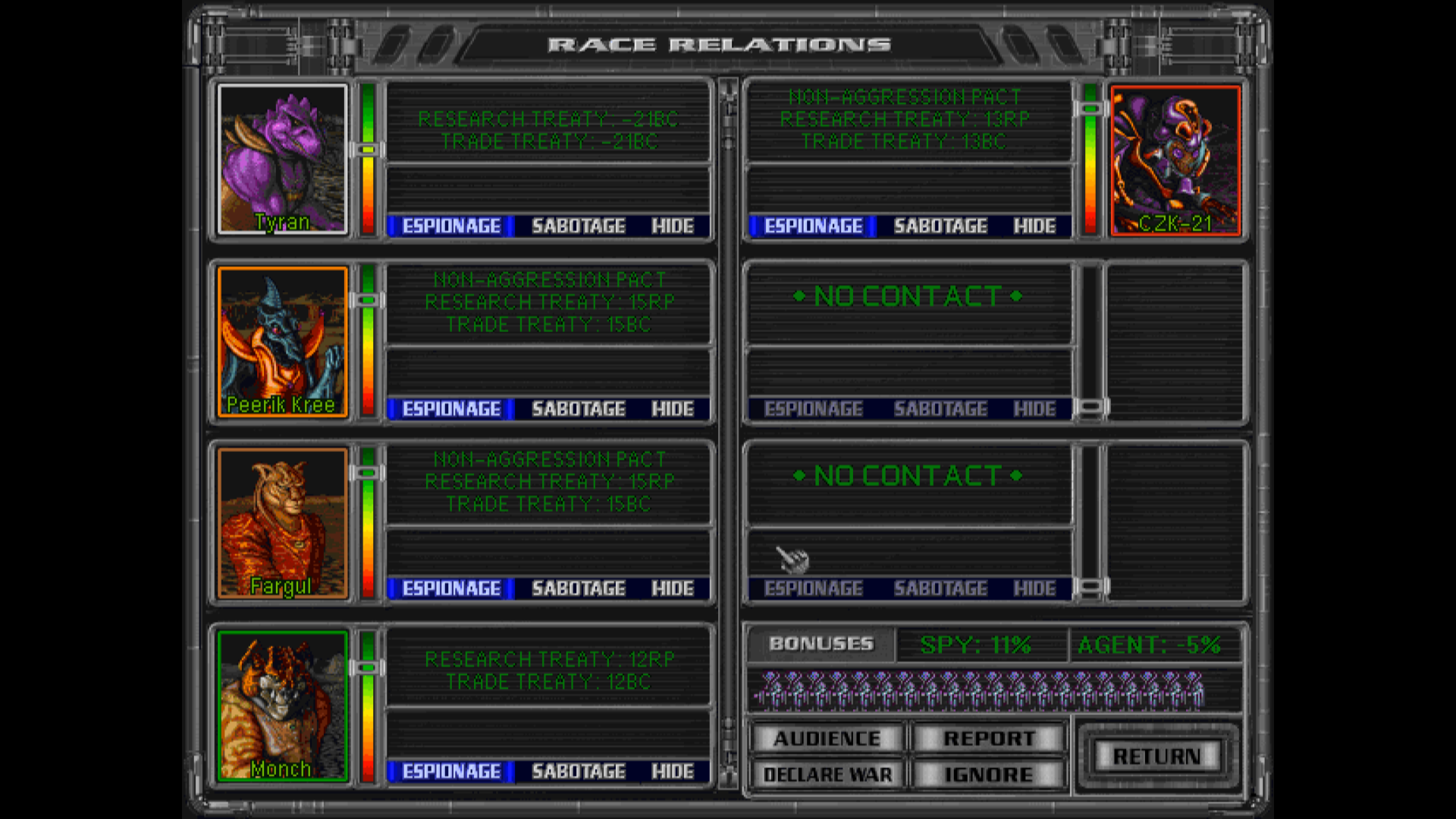 Over the past decades, trade volumes with the United Empire of Bulra have doubled, while scientific cooperation with Bulrathi researchers has begun to bear fruit. The other alien trade partners of Narestan civilisation have seen slowly growing trade volumes over time. The establishment of new relations with the Coalition of Nations has proved staggeringly expensive, however, although it should doubtlessly prove extremely beneficial as time passes. 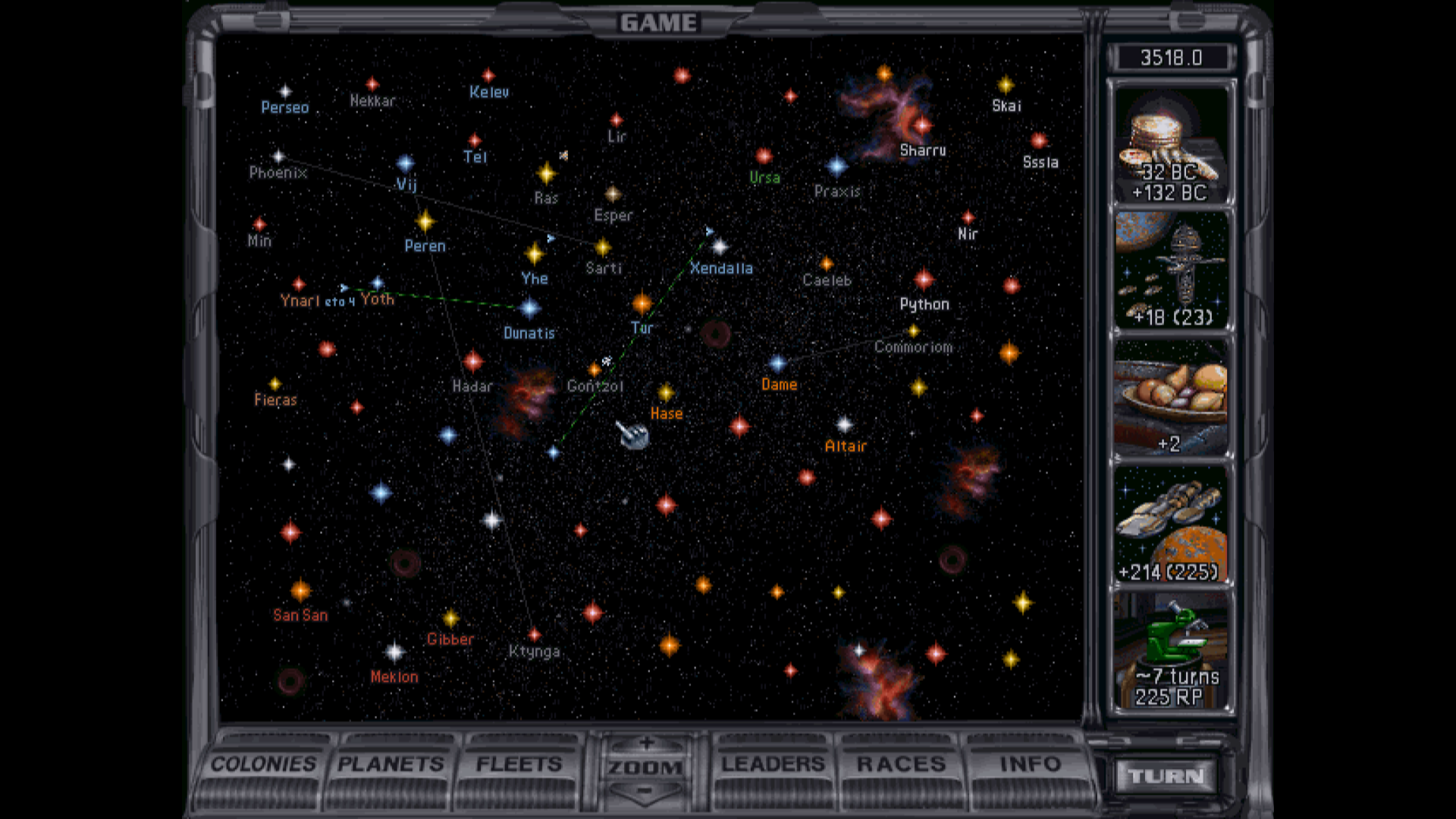 Narestan innovation has continued to accelerate, while Narestan transport capacity continues to grow, servicing vast interplanetary trade. Free capital for investment has dipped over the past twenty years as the formidable startup expenses of trade with the Sakkra are covered, but it seems certain a new economic boom will strike once this trade shows its benefits. Narestan civilisation as a whole is approaching a population of 50 billion, having grown more than five-fold over the past 180 years. Investment Proposals Technology Acquisition The Bulrathi have developed designs for crude anti-matter energy storage units. Although the quantities involved are small and their FTL drives still have the approximate power output of Narestan drives, nonetheless the energy density of anti-matter means that they can achieve significantly higher endurance for voyages of their ships than can Narestan ships. They have expressed some willingness to trade this technology in exchange for the planetary shielding technology developed by the Narestans. Please vote yea or nay on whether to trade our Planetary Radiation Shields for the Bulrathi's Iridium Fuel Cells, which will significantly boost our exploration and colonisation range. Research Priorities Many incremental improvements in productivity have been made in many different sectors of the economy, driving demand for an increasingly educated and skilled workforce to take advantage of the most sophisticated techniques available in many industries. The development of extensive university programs that give workers the chance to take advantage of these opportunities, and the continued adoption of productivity improvements by employers, is only a matter of time. Areas of research that seem promising include continued studies into theoretical physics, which may perhaps eventually overcome certain of the challenges of the more hostile environments of space, continued work on methods to deal with industrial pollution, ambitious programs in industrial agriculture, or a series of parallel studies by insurance companies, adjudicators, security firms, and finance firms to help insure more efficient, just, and swift operation of the basic legal and financial system that binds Narestan civilisation together. Please vote on Planetary Gravity Generator, Atmosphere Renewer, Subterranean Farms, or Federation as our next major research target. Narestan civilisation sits at the center of a growing net of trade which links together nearly the whole of the local cluster. As far as the Consortium for Xenogovernmental Negotiations is aware, the other alien civilisations known are at peace, barring minor internal wars within the Coalition of Nations. The future of the Narestans seems bright.
|
|
|
|
Sorry this took a day longer than anticipated- I got held back a day returning home. Hopefully it's worth the wait. Thank you all for reading and participating!
|
|
|
|
Vote for Yay on trading for Iridium Fuel Cells. That will boost the range of what we can explore and thus colonize. Given we're in a state of relatively good relations with our neighbors, we want to expand and claim as much territory as fast as we can. So it behooves us to try and get as many good planets as possible. And voting for Federation as our next research target. That gives us some significant boosts to economy, which lets us research better, build mor ethings faster, which lets us get to all other things faster as well.
|
|
|
|
wedgekree posted:Vote for Yay on trading for Iridium Fuel Cells. That will boost the range of what we can explore and thus colonize. Given we're in a state of relatively good relations with our neighbors, we want to expand and claim as much territory as fast as we can. So it behooves us to try and get as many good planets as possible. Can't disagree.
|
|
|
|
wedgekree posted:Vote for Yay on trading for Iridium Fuel Cells. That will boost the range of what we can explore and thus colonize. Given we're in a state of relatively good relations with our neighbors, we want to expand and claim as much territory as fast as we can. So it behooves us to try and get as many good planets as possible. Agreed.
|
|
|
|
Incidentally, Crazycryodude, are you yet in a place where you can think about boats? 
|
|
|
|
Yea on the trade, and let's get a vile, bubbly, cloying, happy, insidious Federation
|
|
|
|
AJ_Impy posted:Yea on the trade, and let's get a vile, bubbly, cloying, happy, insidious Federation Ironic, given that the Narestans are arguably Ferengi-ish. Sort of. Maybe. Although they don't seem to hit quite the same notes to me. I don't know, what do people think? E: ADMITTEDLY, given I never watched too much Star Trek, I could be wrong. nweismuller fucked around with this message at 00:07 on Jan 11, 2017 |
|
|
|
nweismuller posted:Ironic, given that the Narestans are arguably Ferengi-ish. Sort of. Maybe. Although they don't seem to hit quite the same notes to me. I don't know, what do people think? AJ_Impy is talking about root beer, not Star Trek.
|
|
|
|
nweismuller posted:Ironic, given that the Narestans are arguably Ferengi-ish. Sort of. Maybe. Although they don't seem to hit quite the same notes to me. I don't know, what do people think? The Narestans aren't Ferengi. They lack the drive to make all of the credits by any means possible. Now, if the Gnolams were in our game, they are the ones who are the Ferengi.
|
|
|
|
IAmTheRad posted:The Narestans aren't Ferengi. They lack the drive to make all of the credits by any means possible. Now, if the Gnolams were in our game, they are the ones who are the Ferengi. And yet we make even more credits than the Gnolams, heh.
|
|
|
|
 In YE 600, the Narestans make contact with a species nearly their match in commercial matters. The two species take to one another immediately- even despite the war that had recently erupted between the New Orion Empire and the Great Commonwealth of Gnol, believed to have been triggered by escalating espionage rivalries between the two governments. Why in the world did the Gnolams have to be obvious Space Jews? Even their diplomacy screen music is clearly inspired by Jewish fiddle music. nweismuller fucked around with this message at 22:52 on Jan 11, 2017 |
|
|
|

|
| # ? Apr 25, 2024 11:49 |
|
Because everyone is terrible, obviously.
|
|
|







